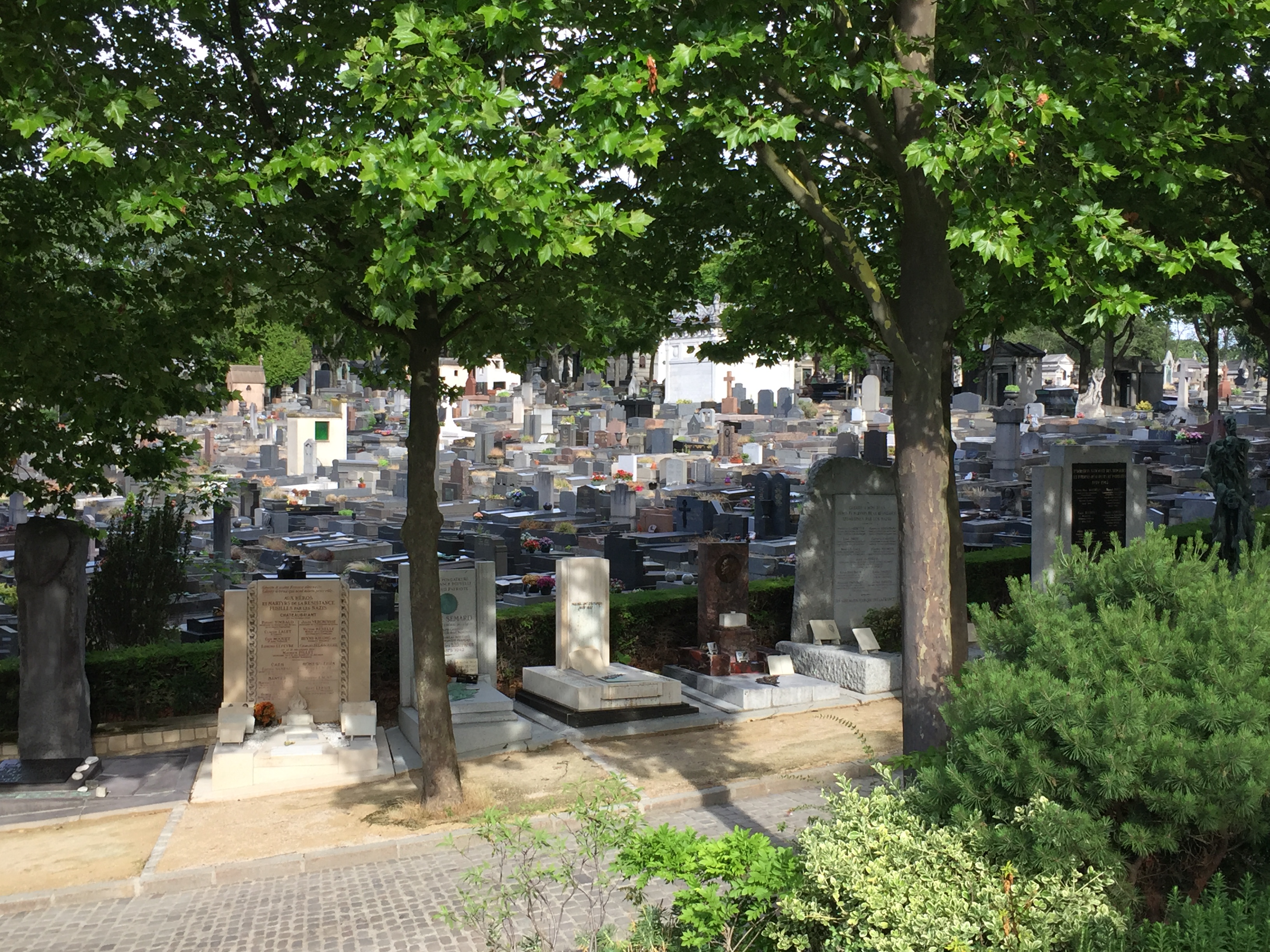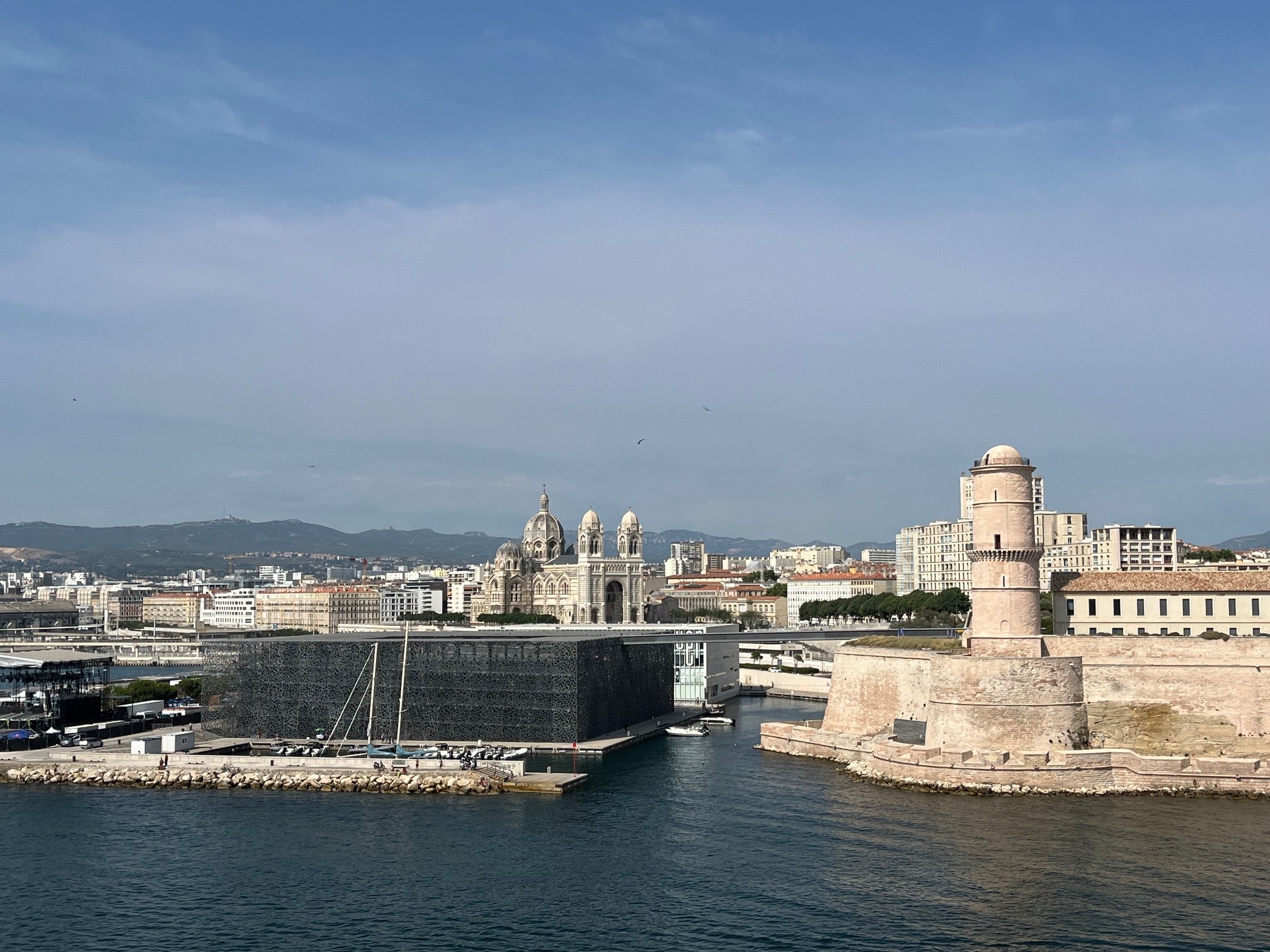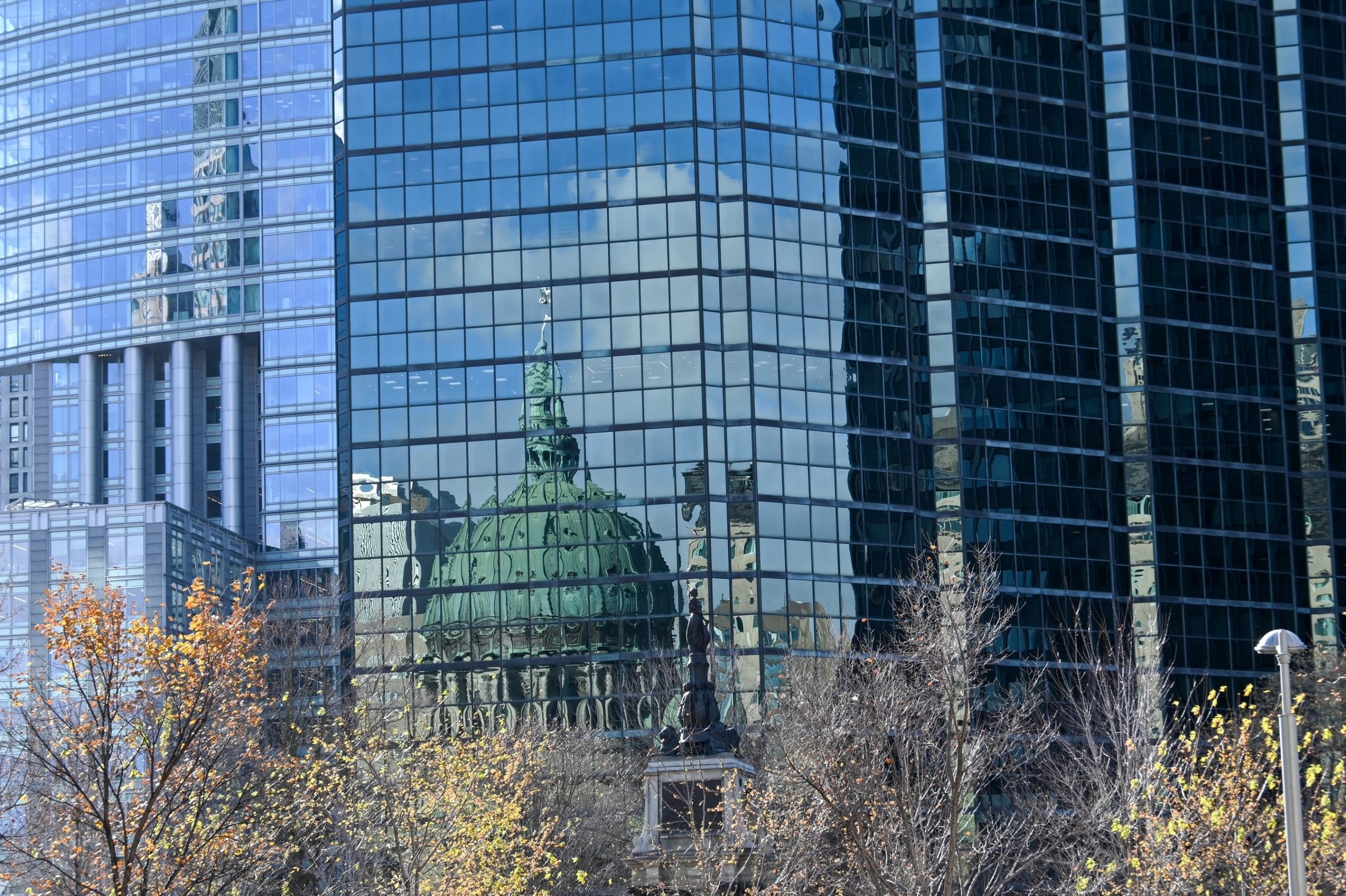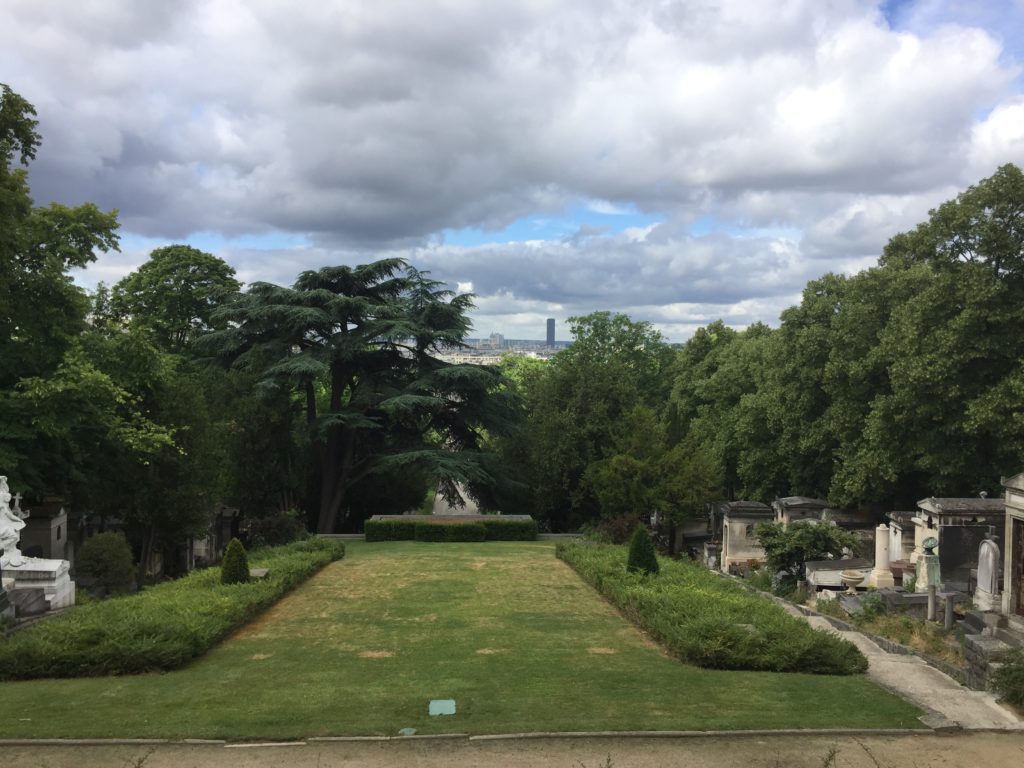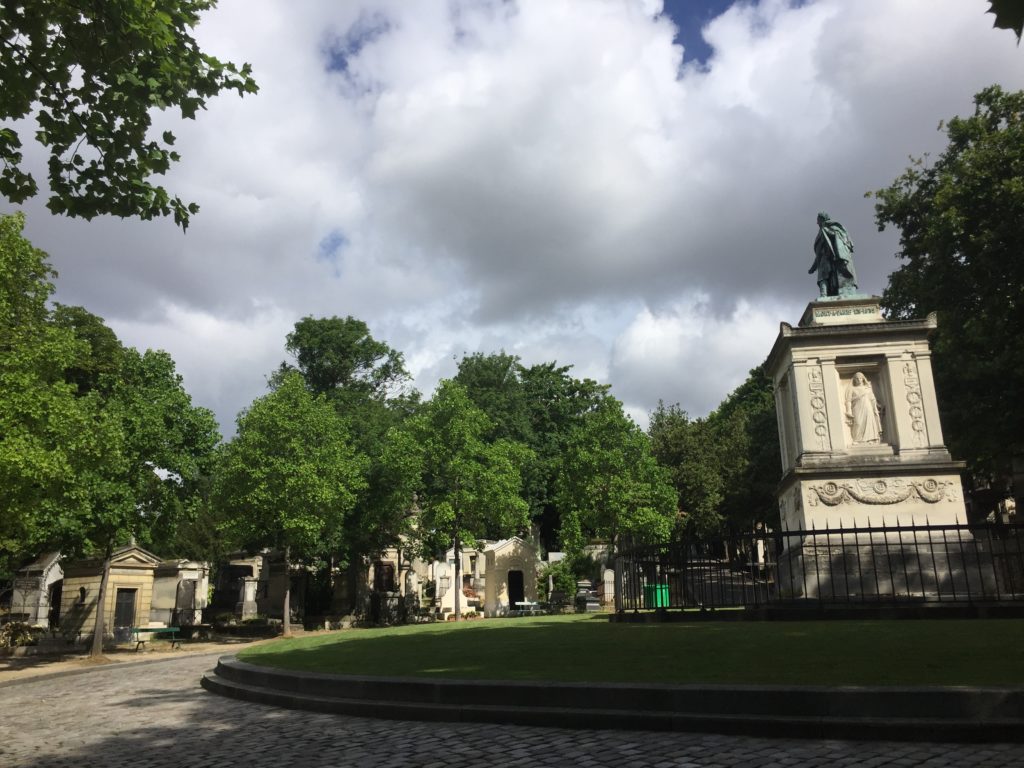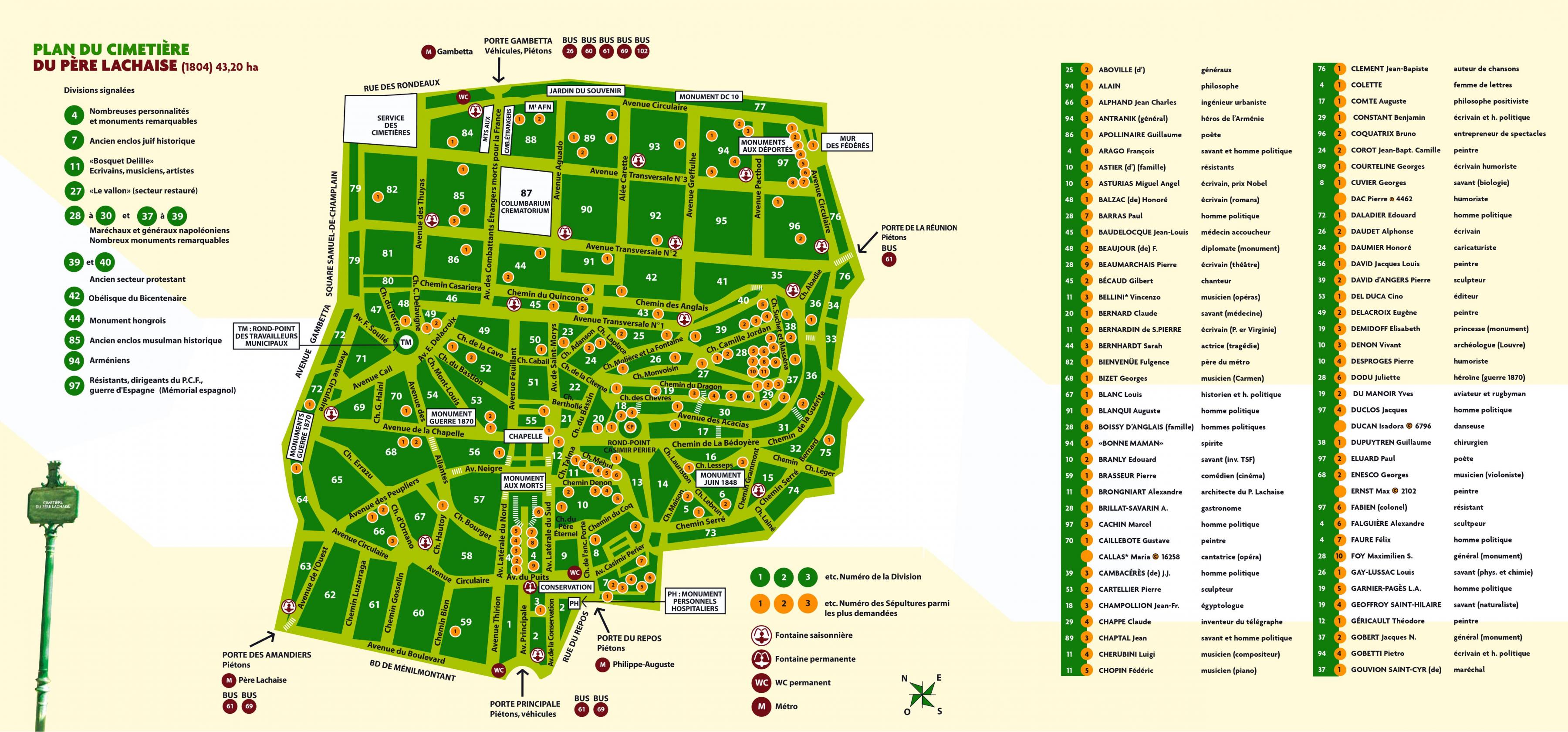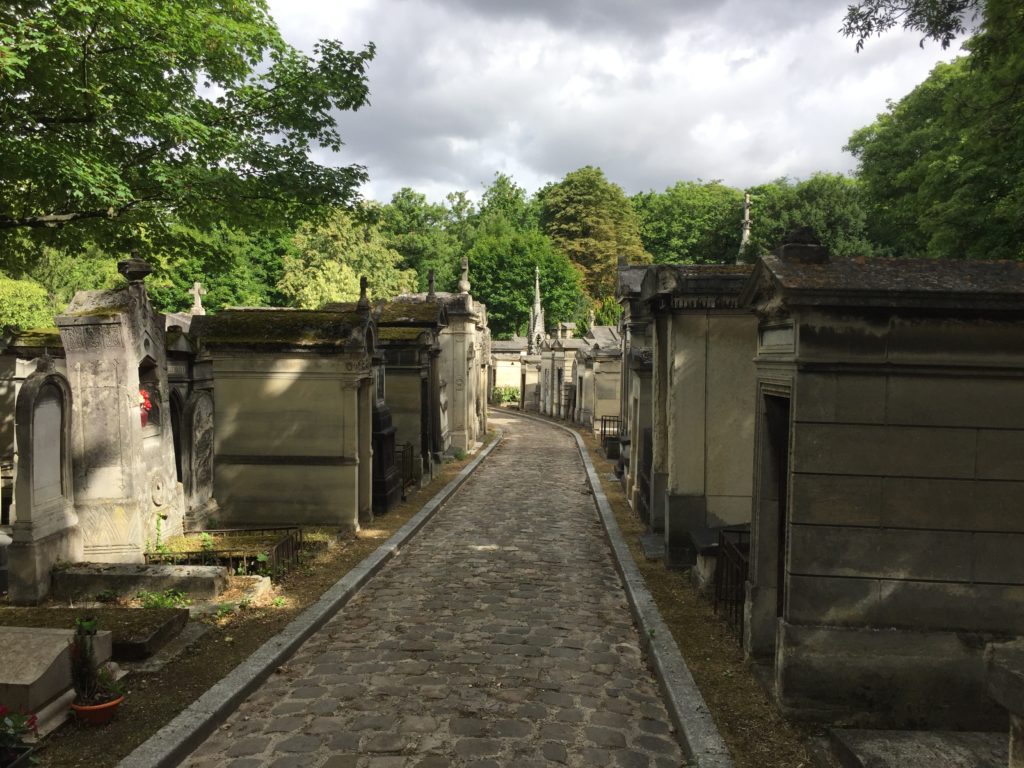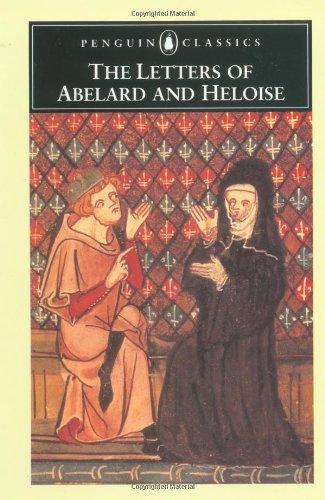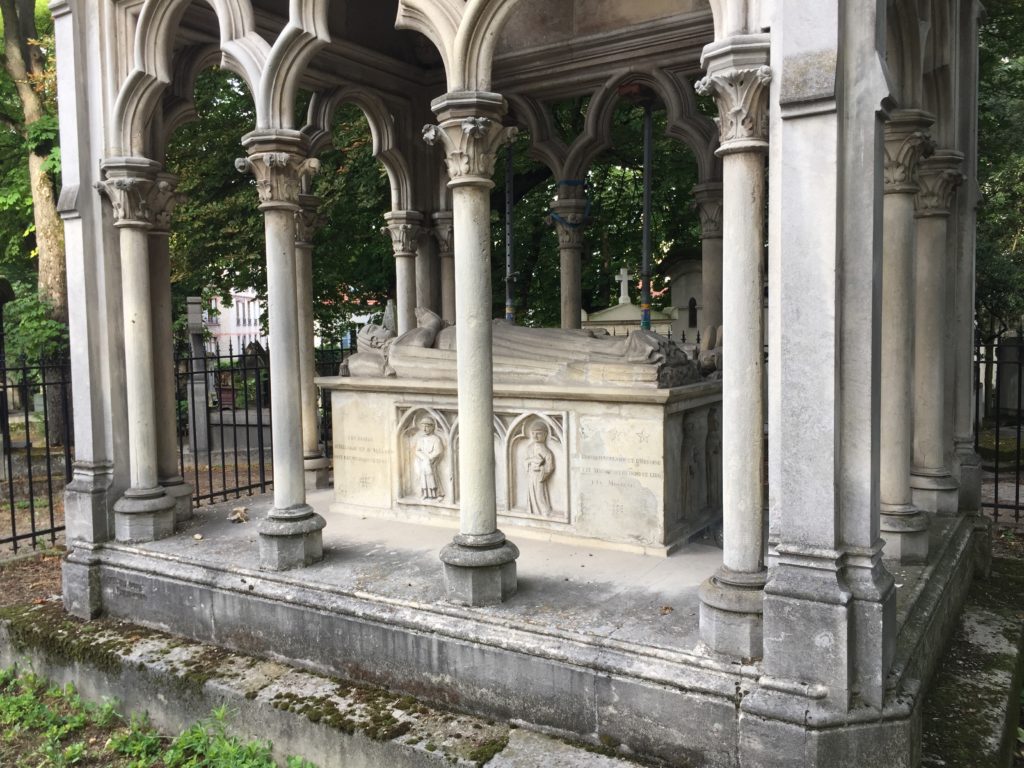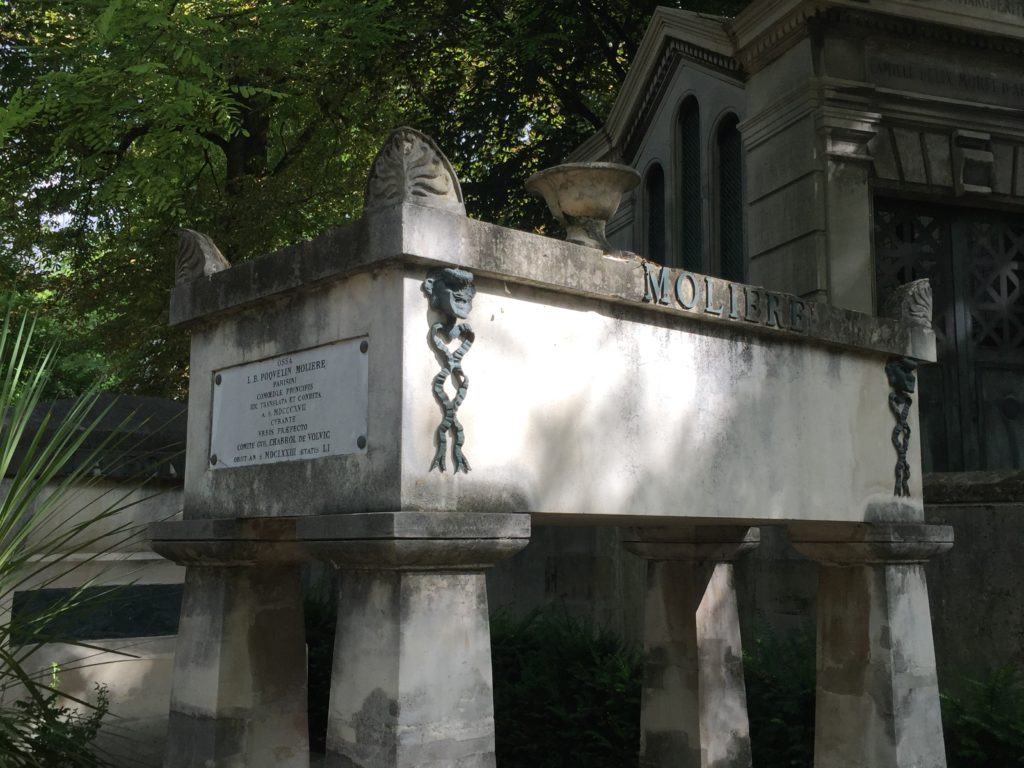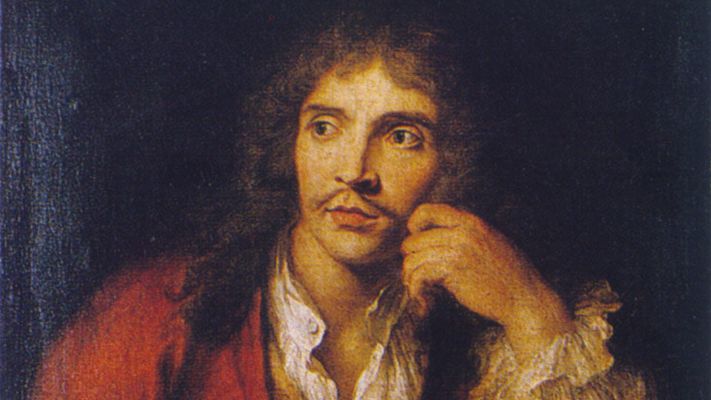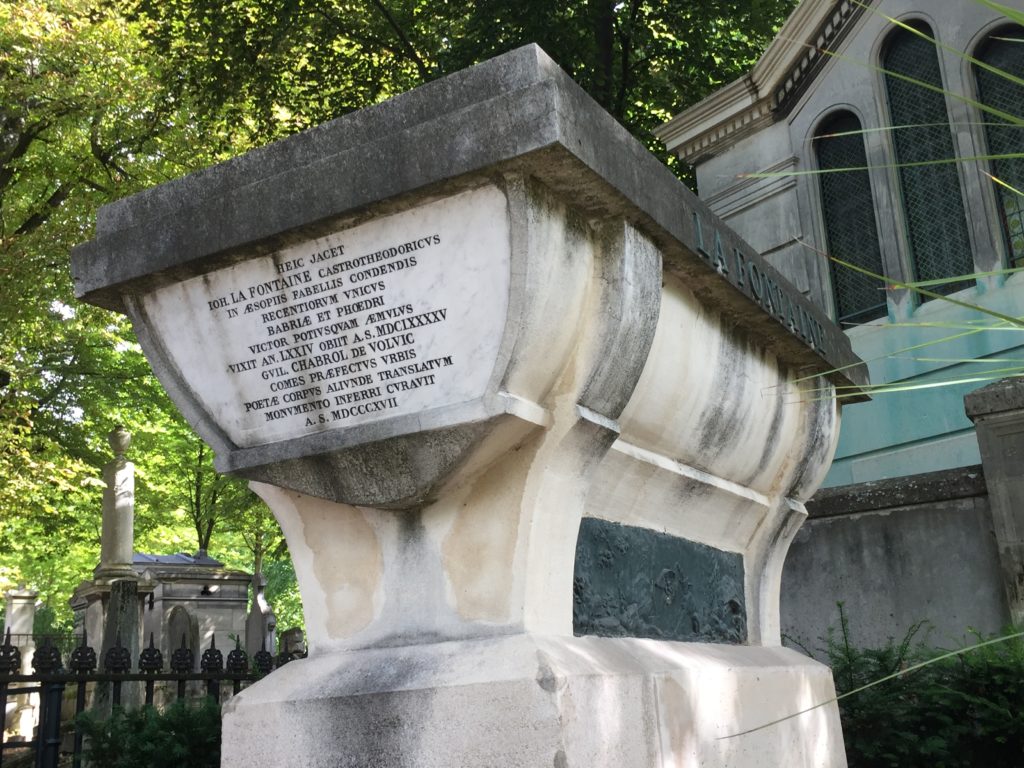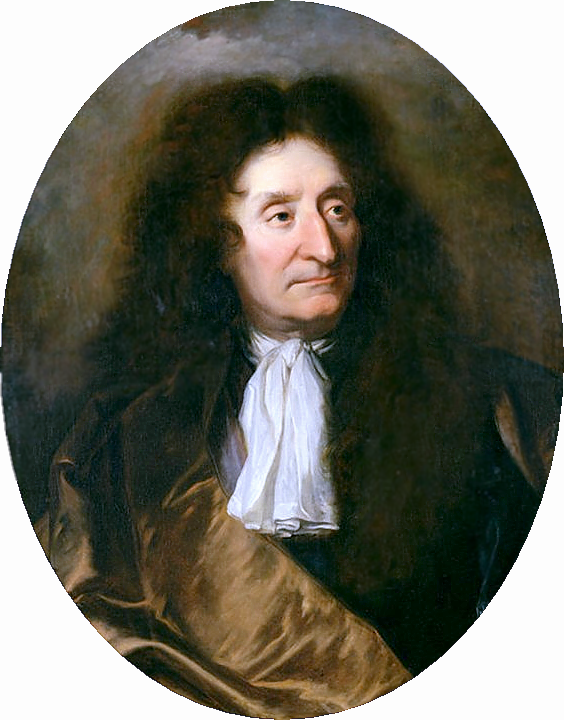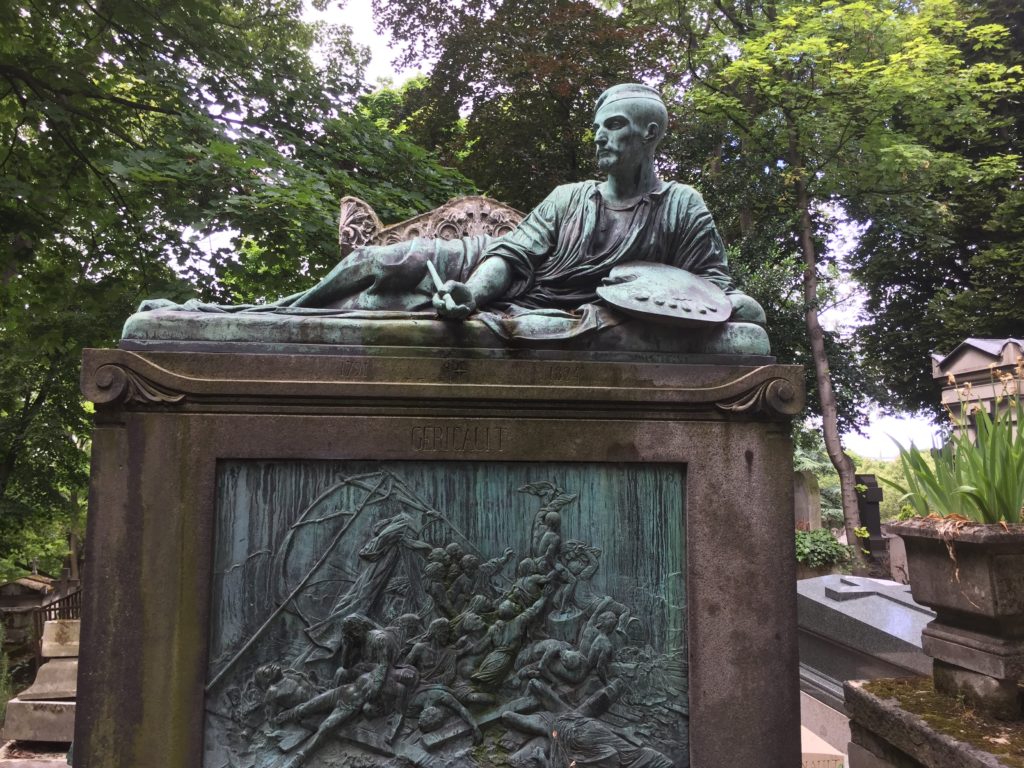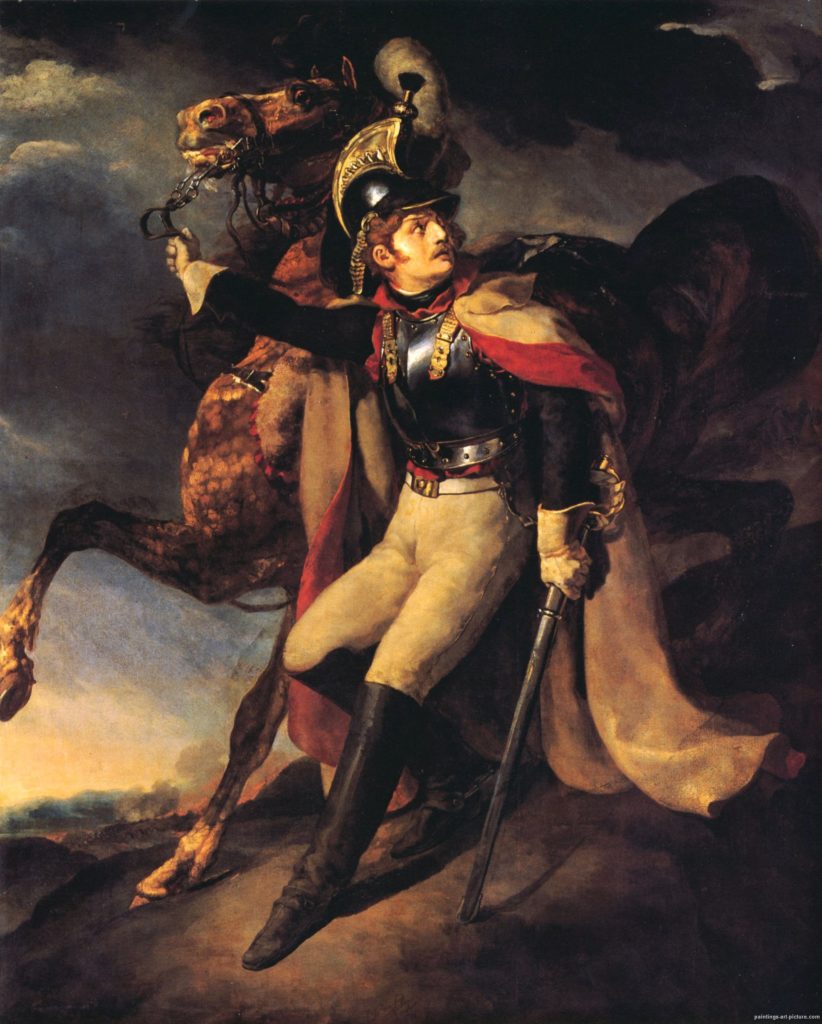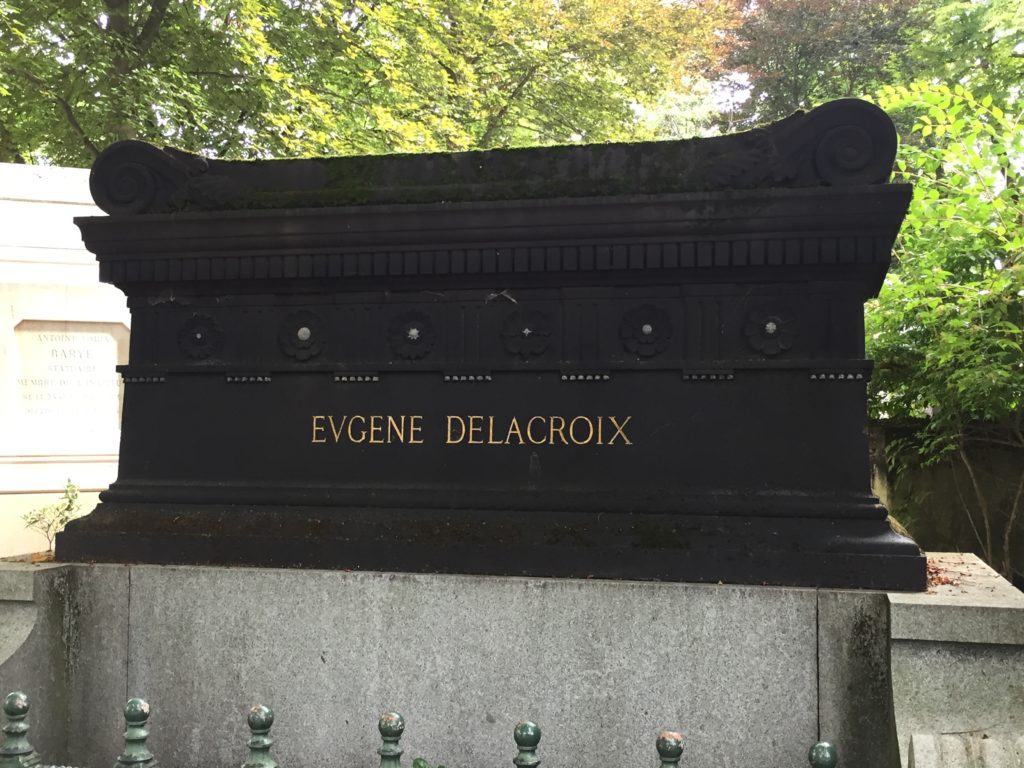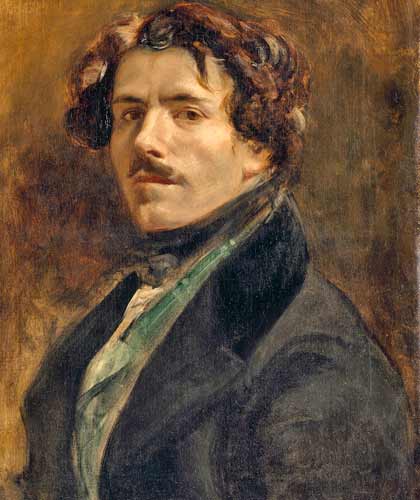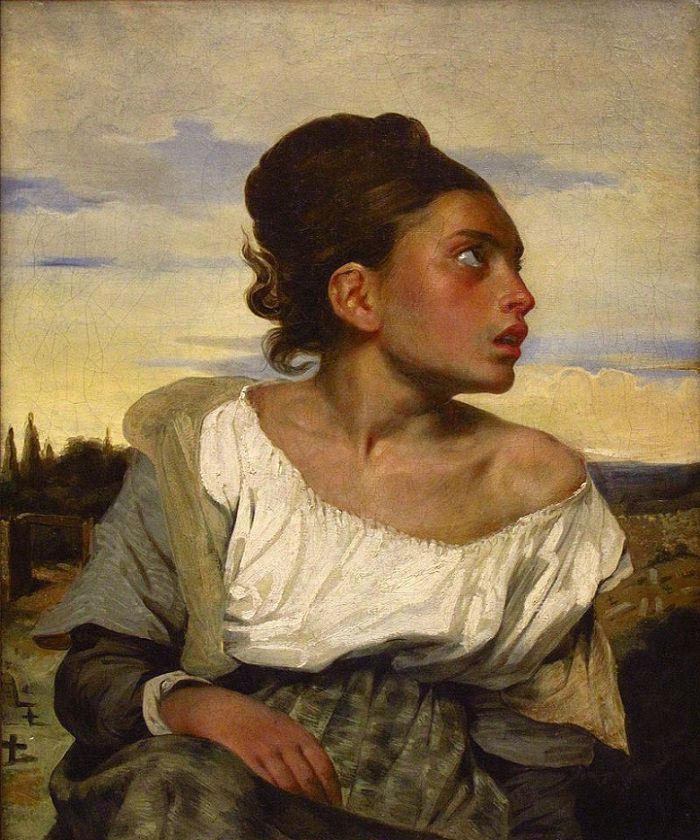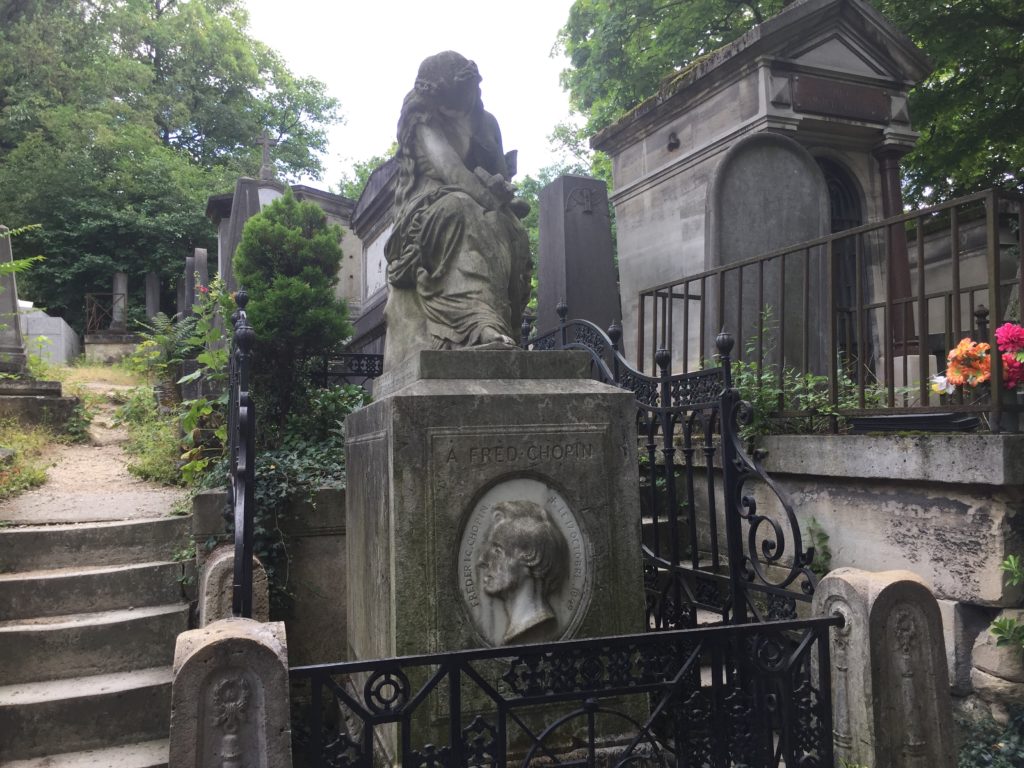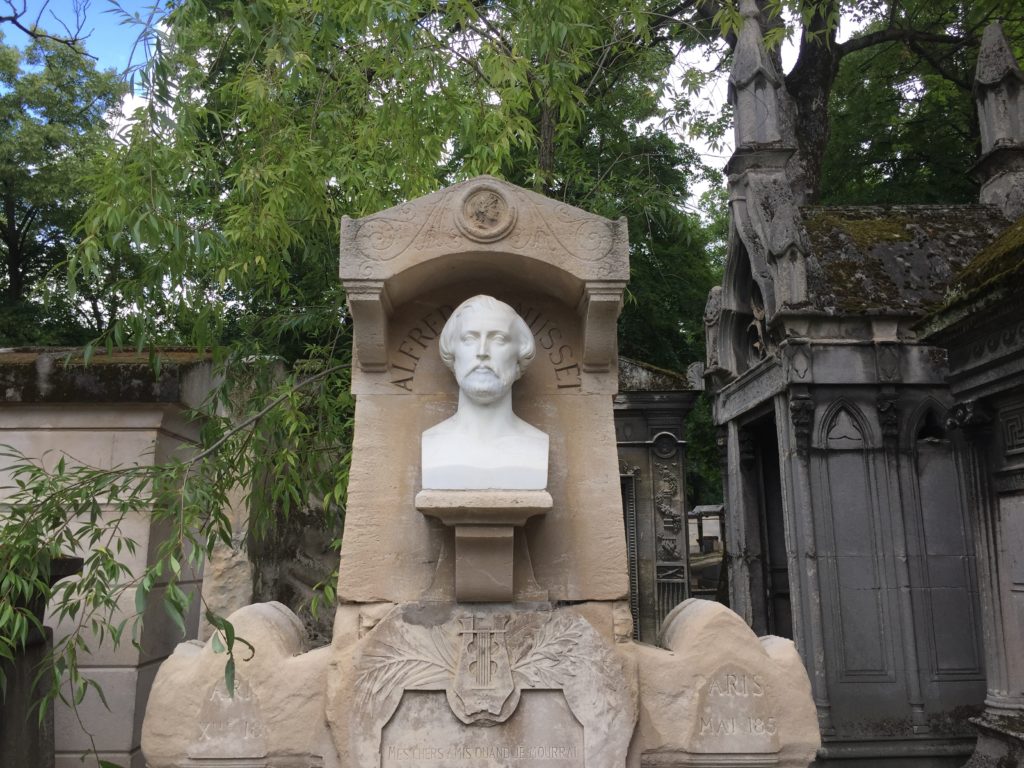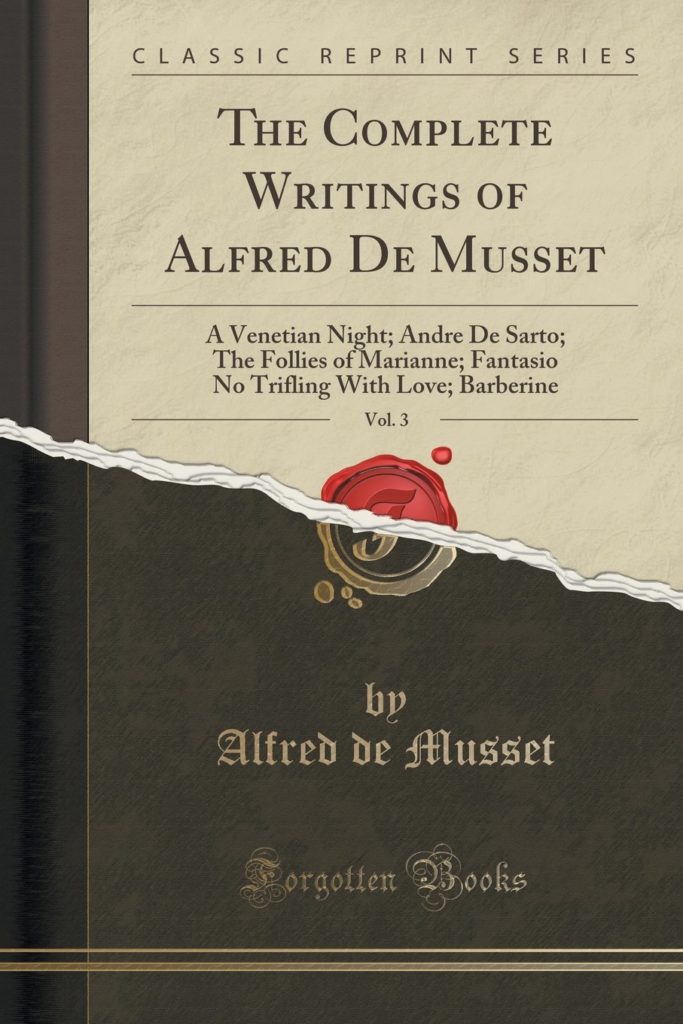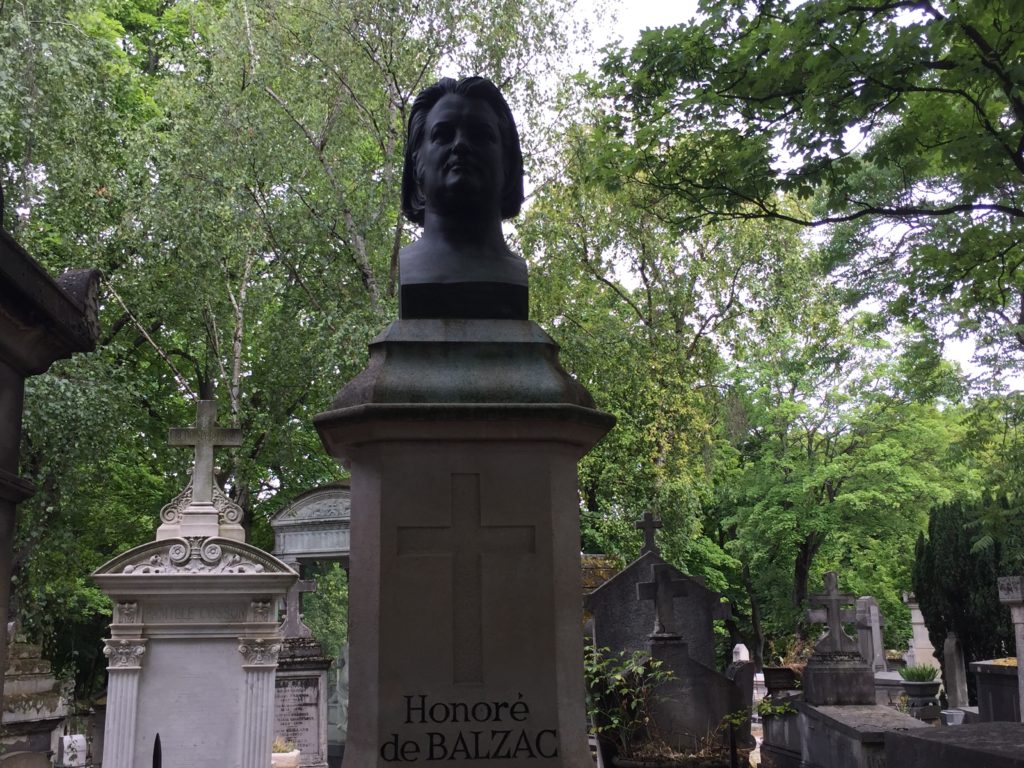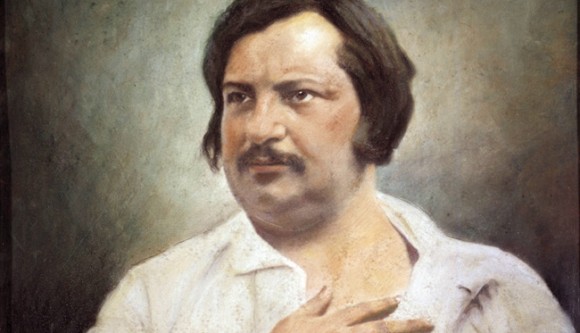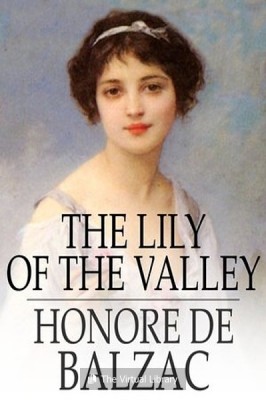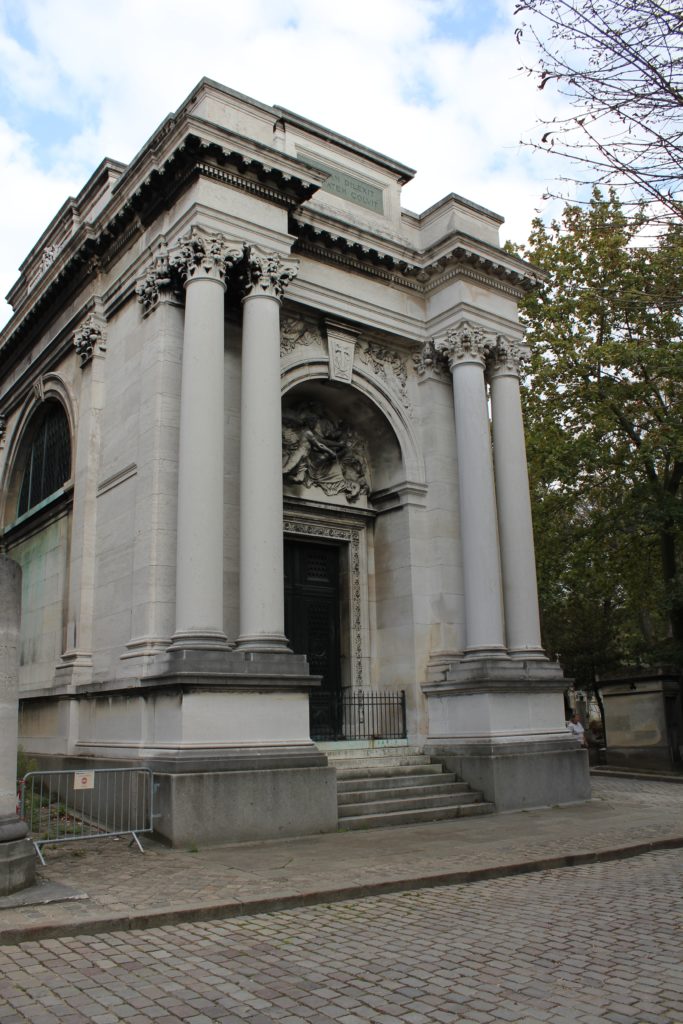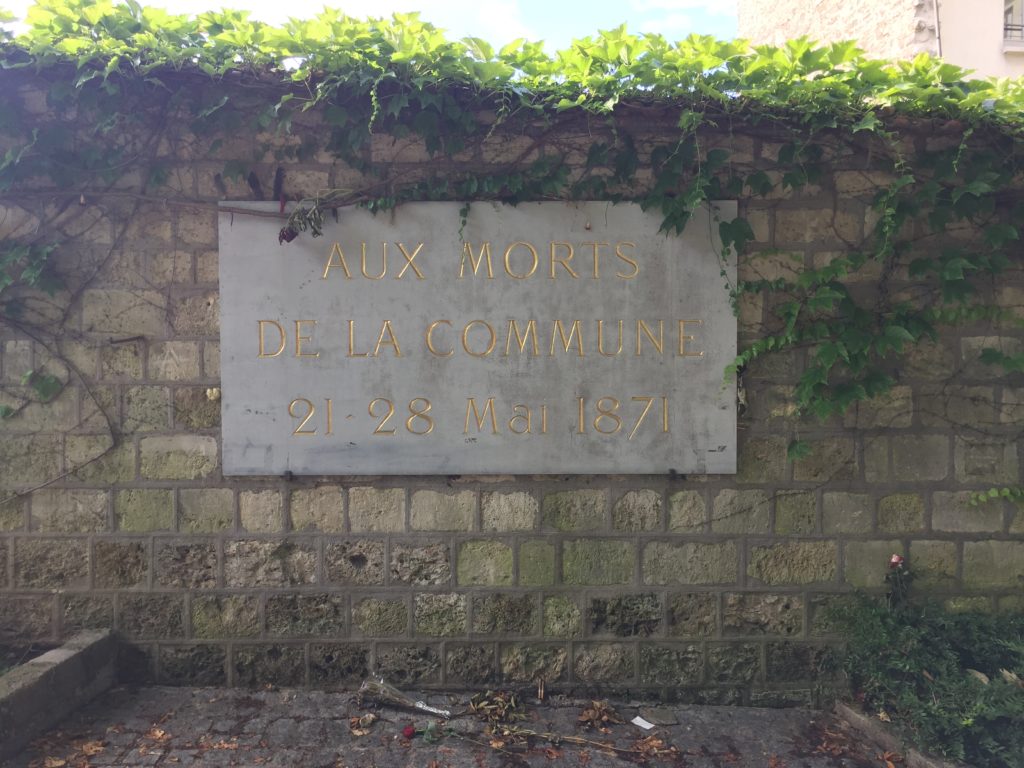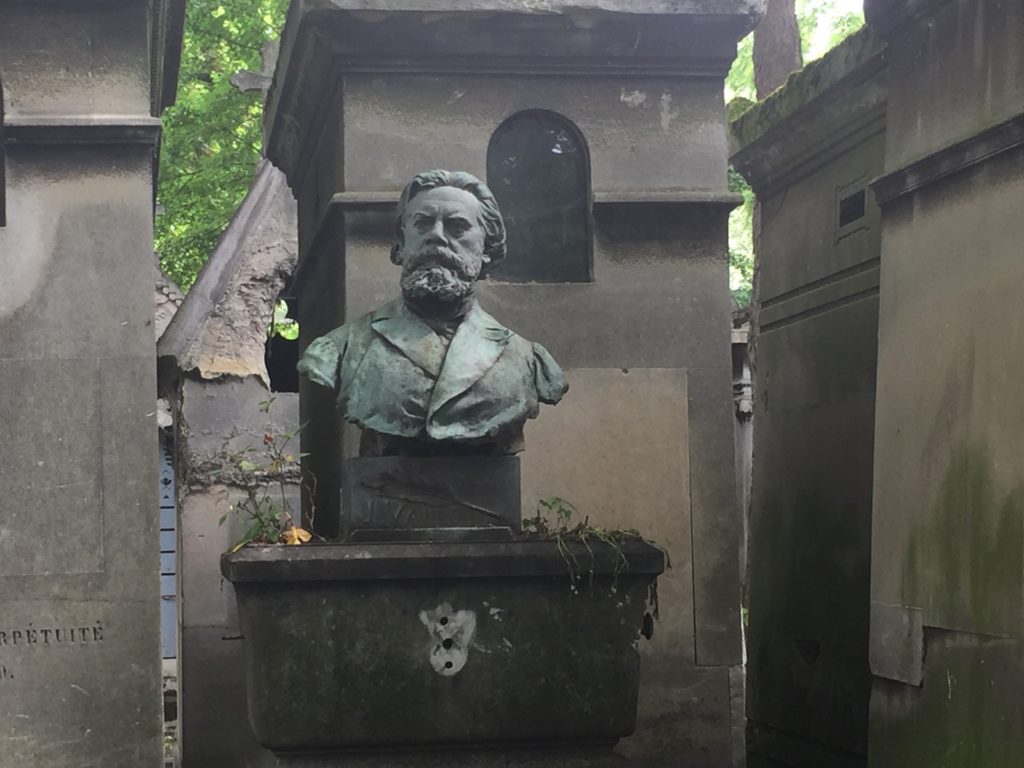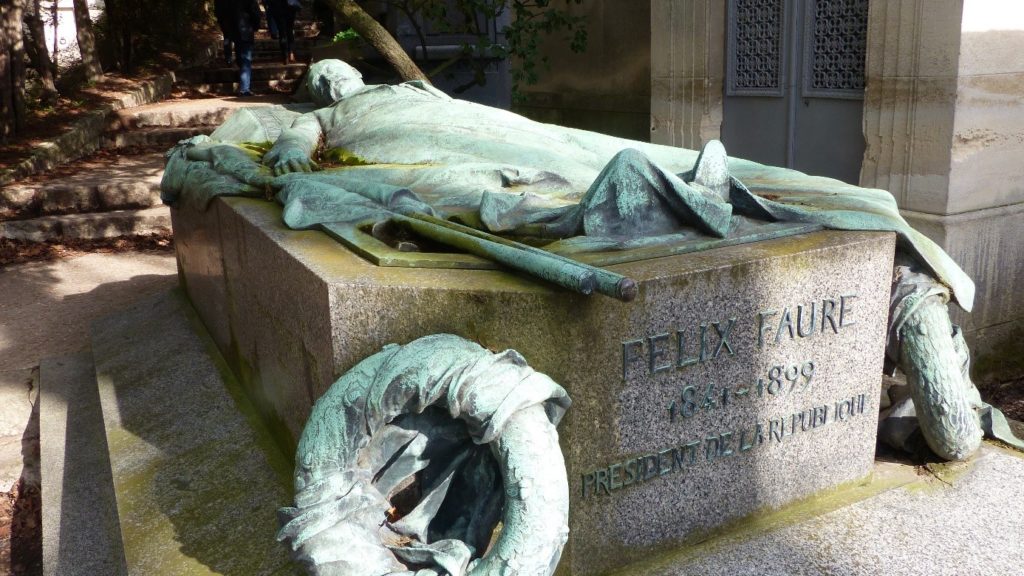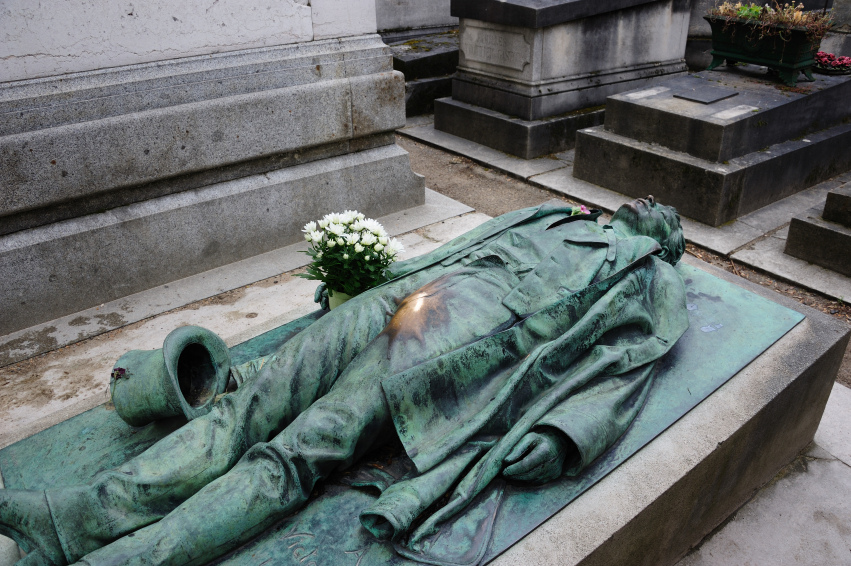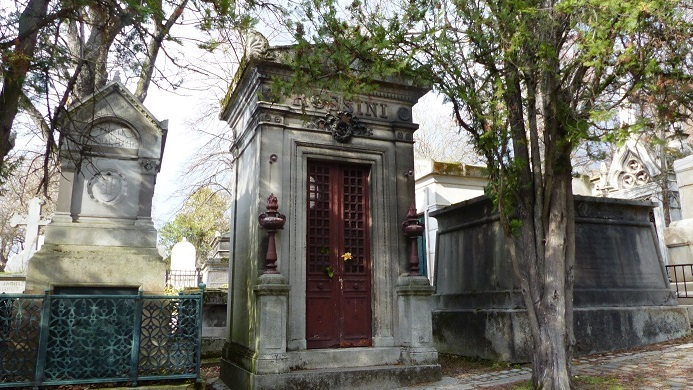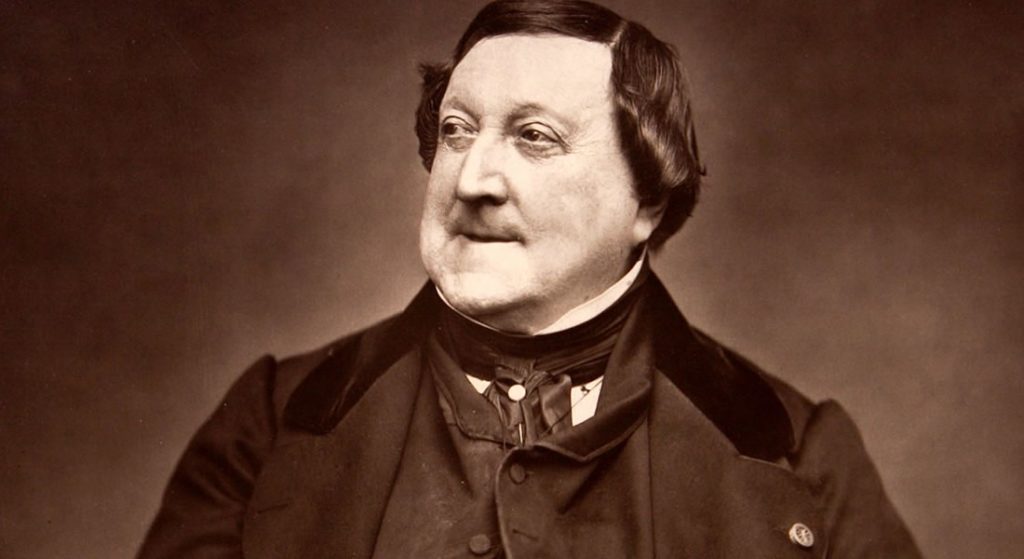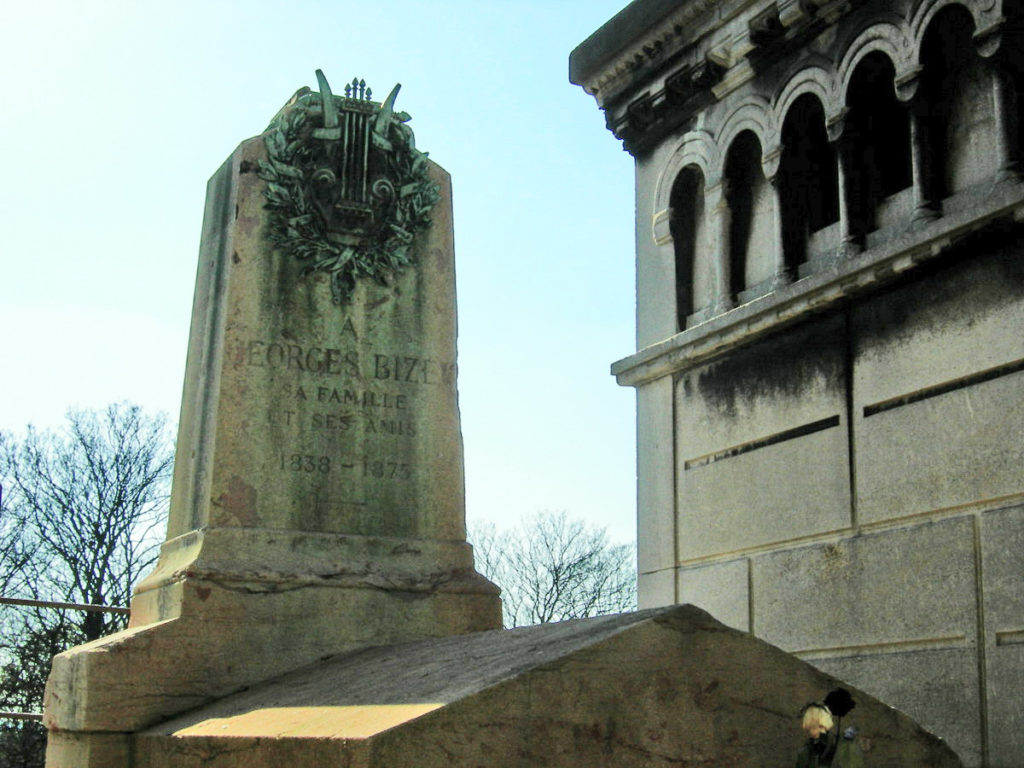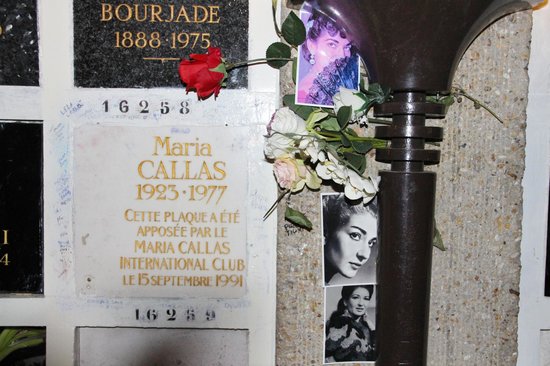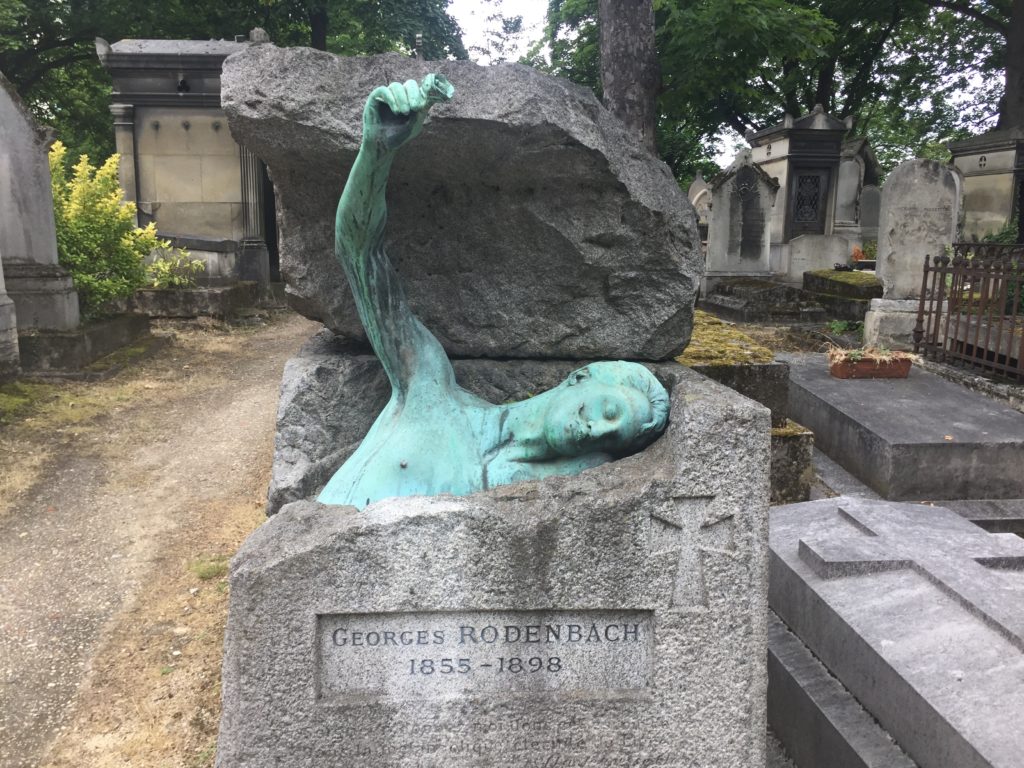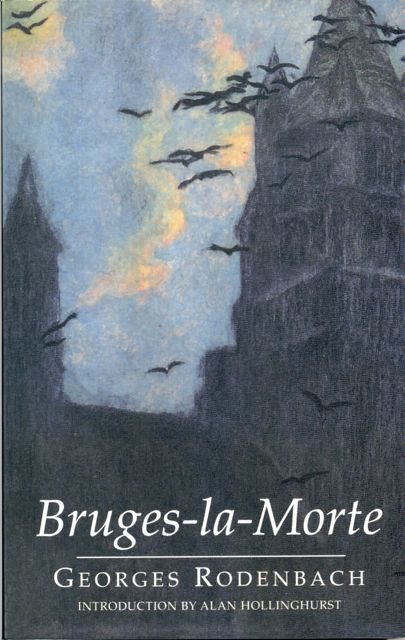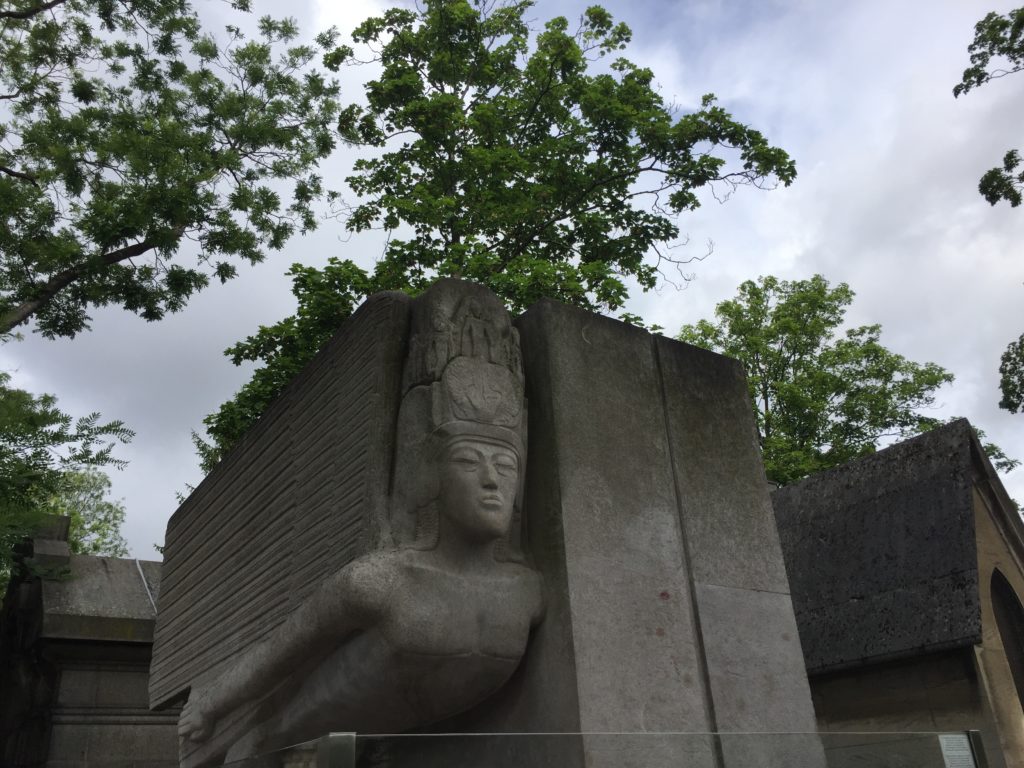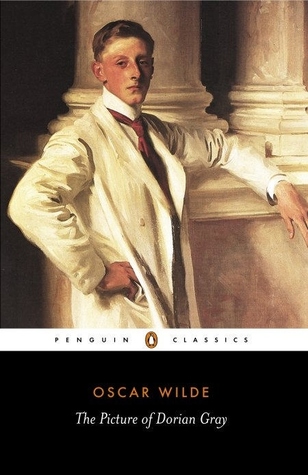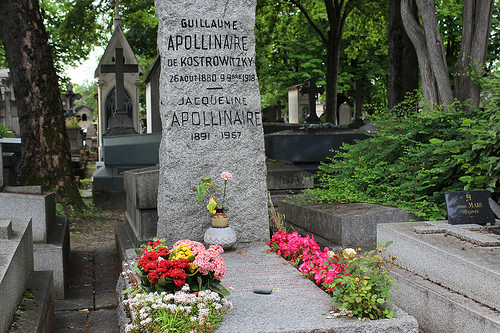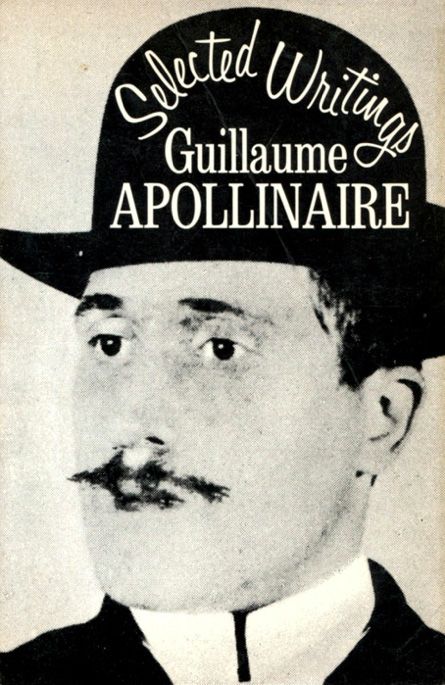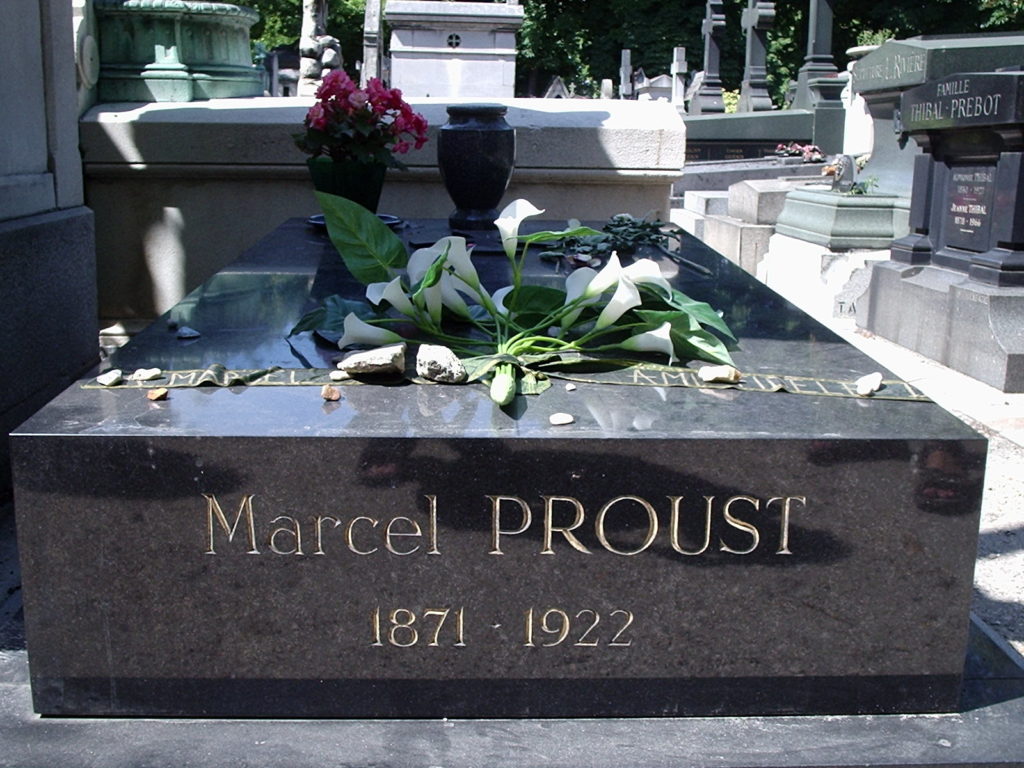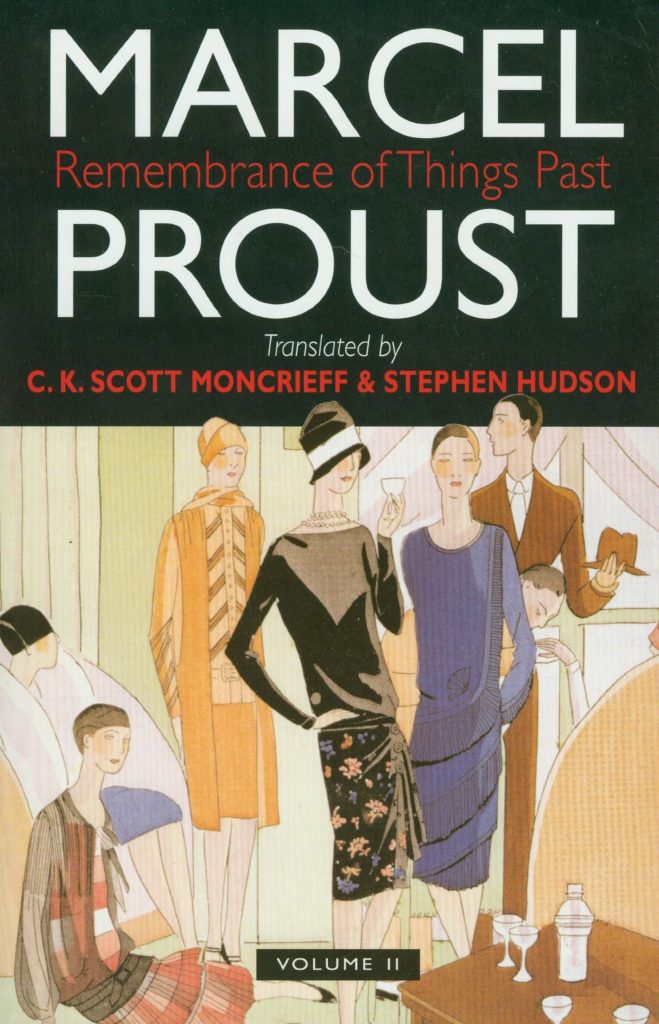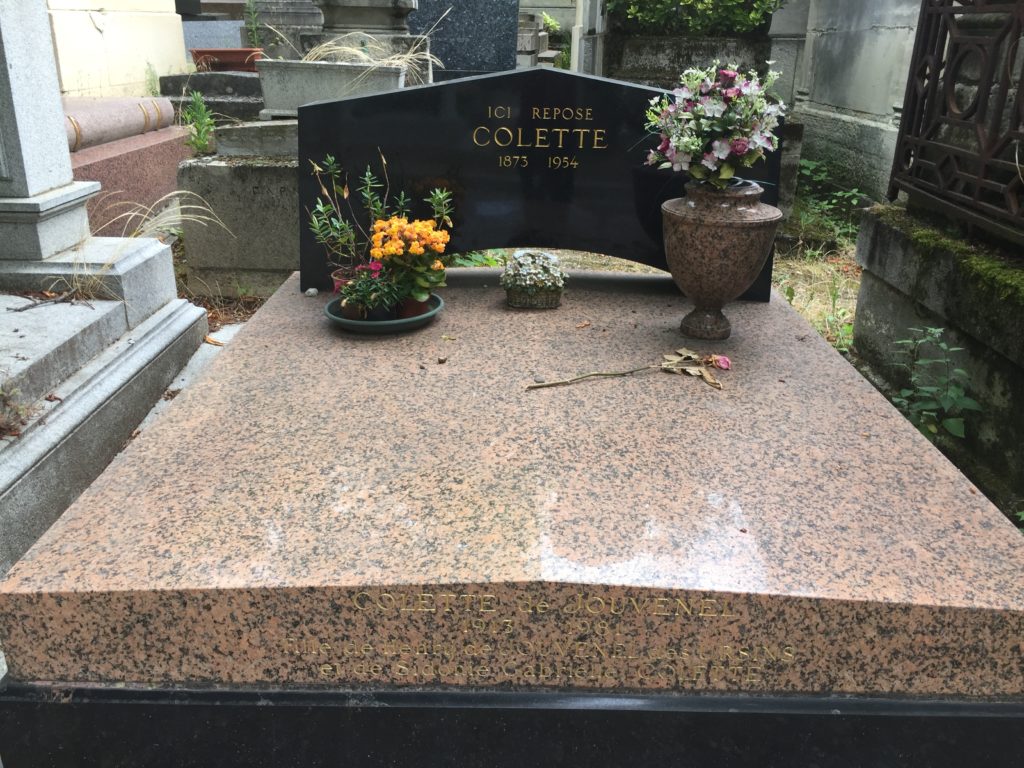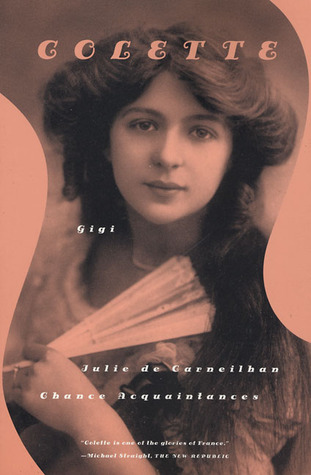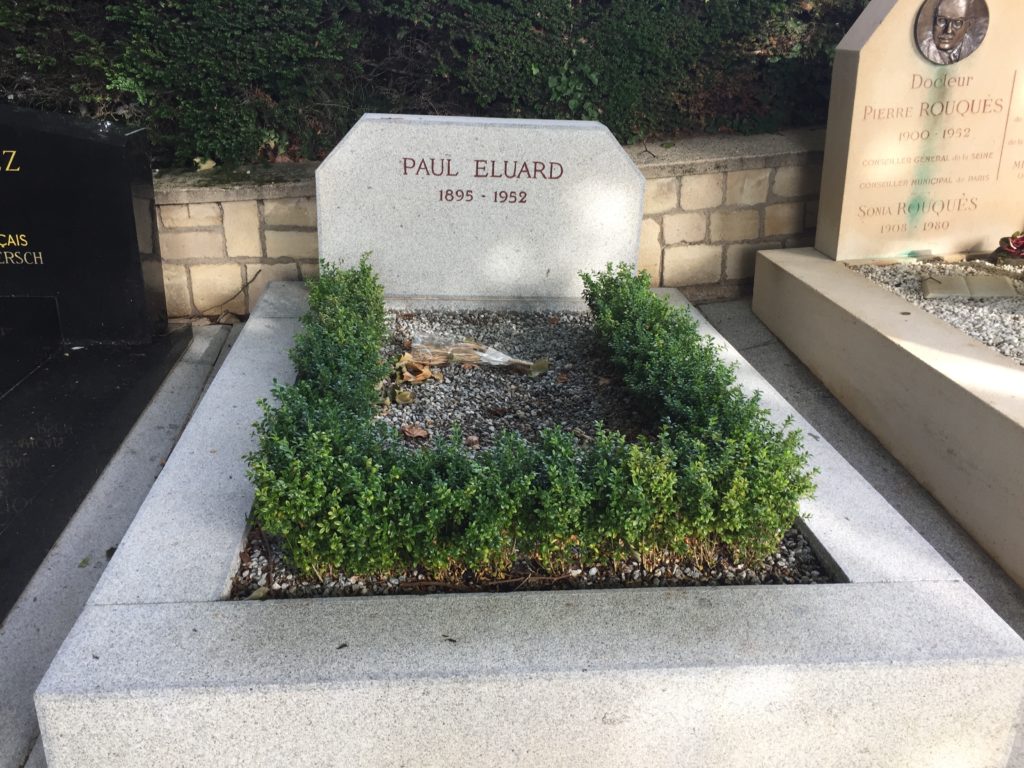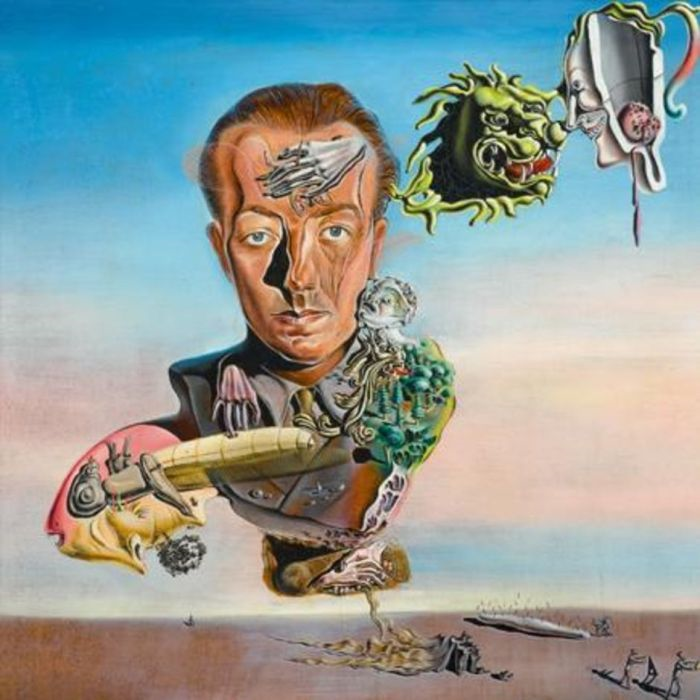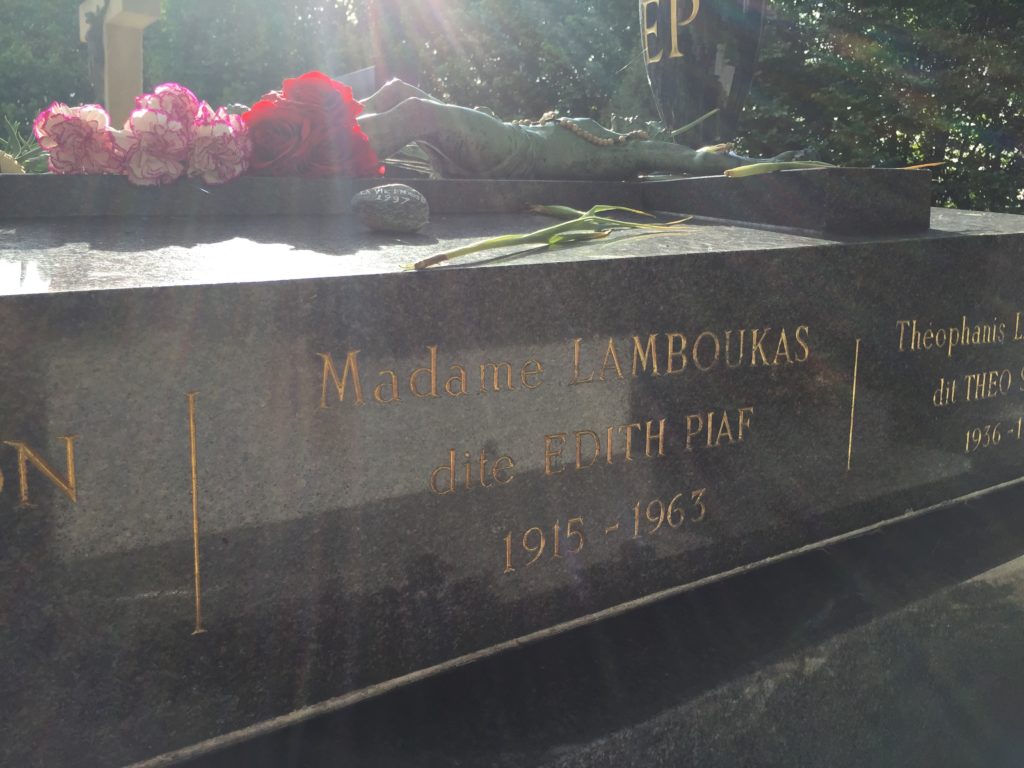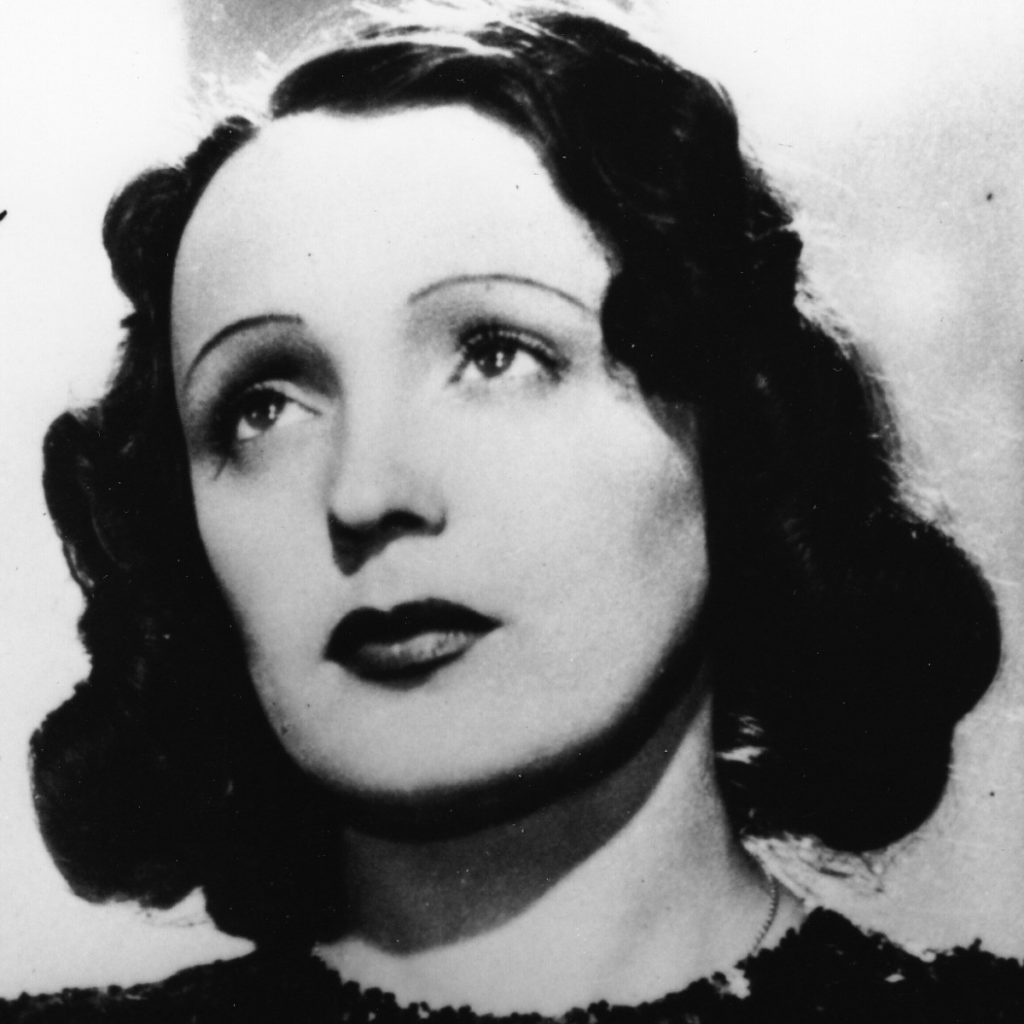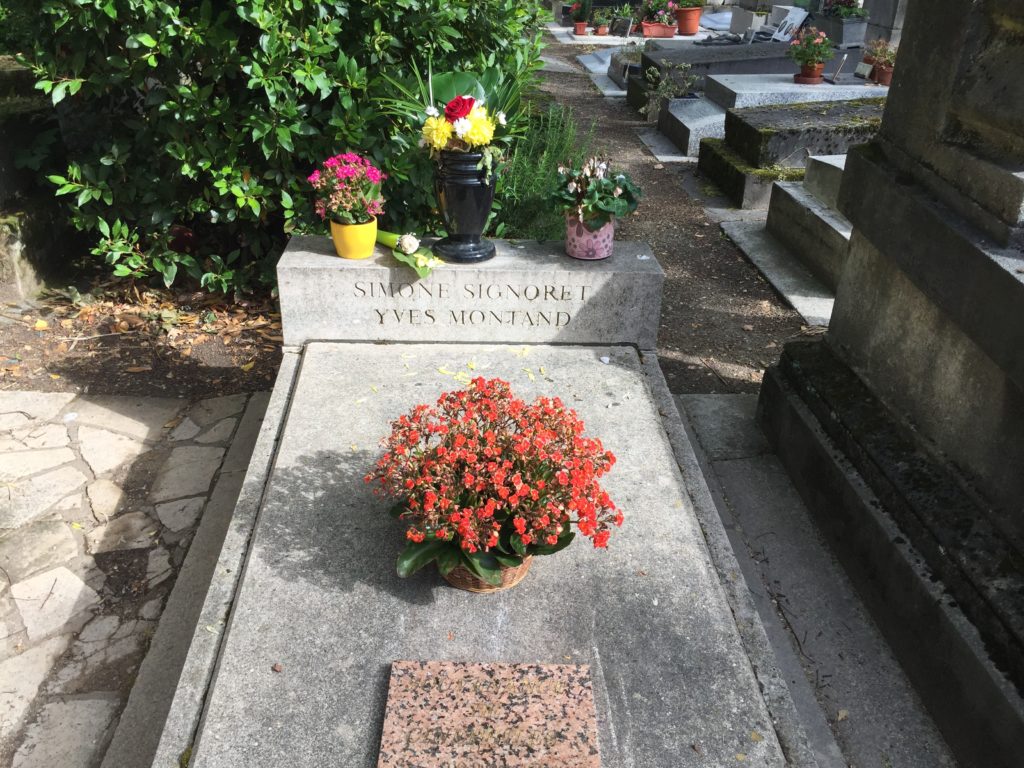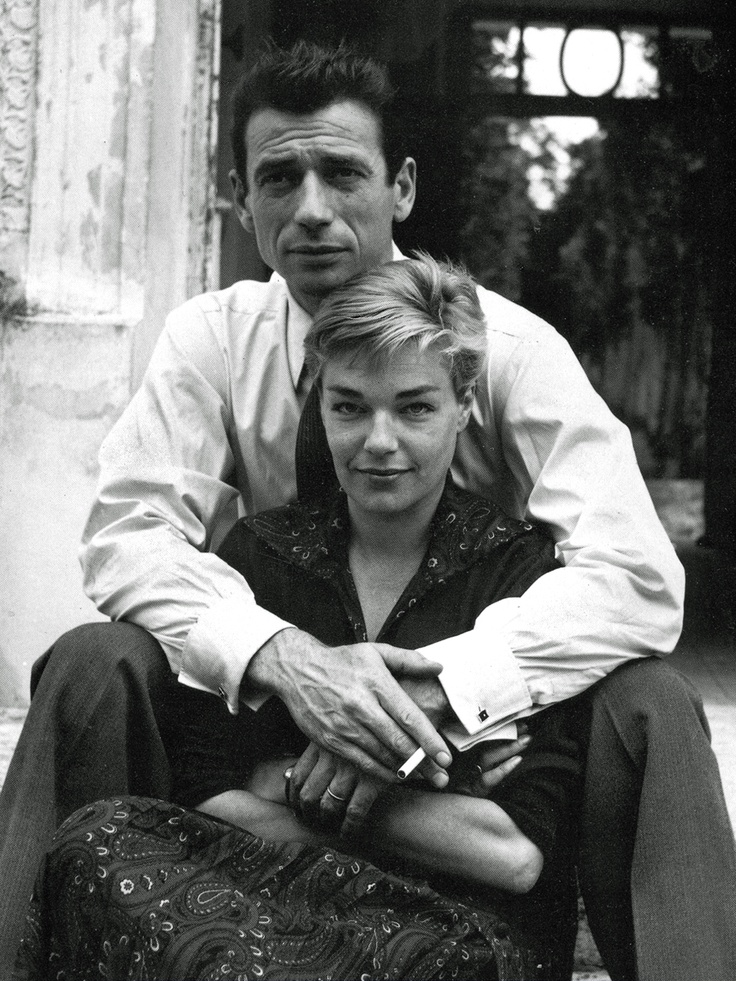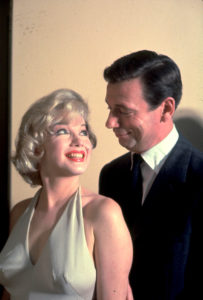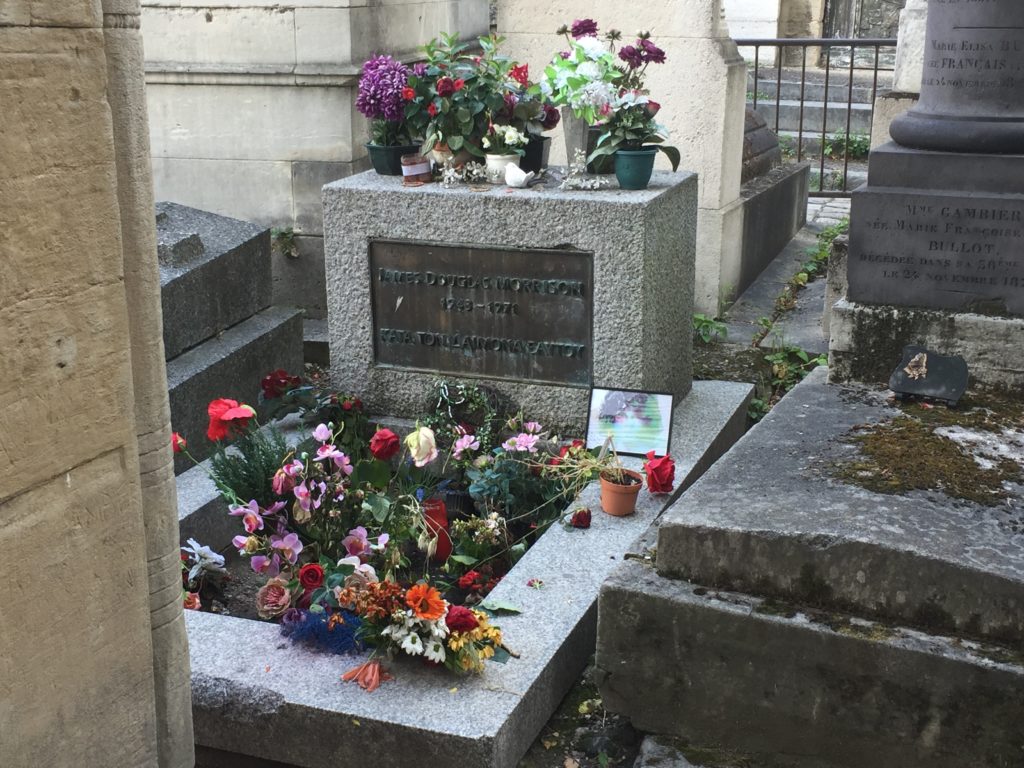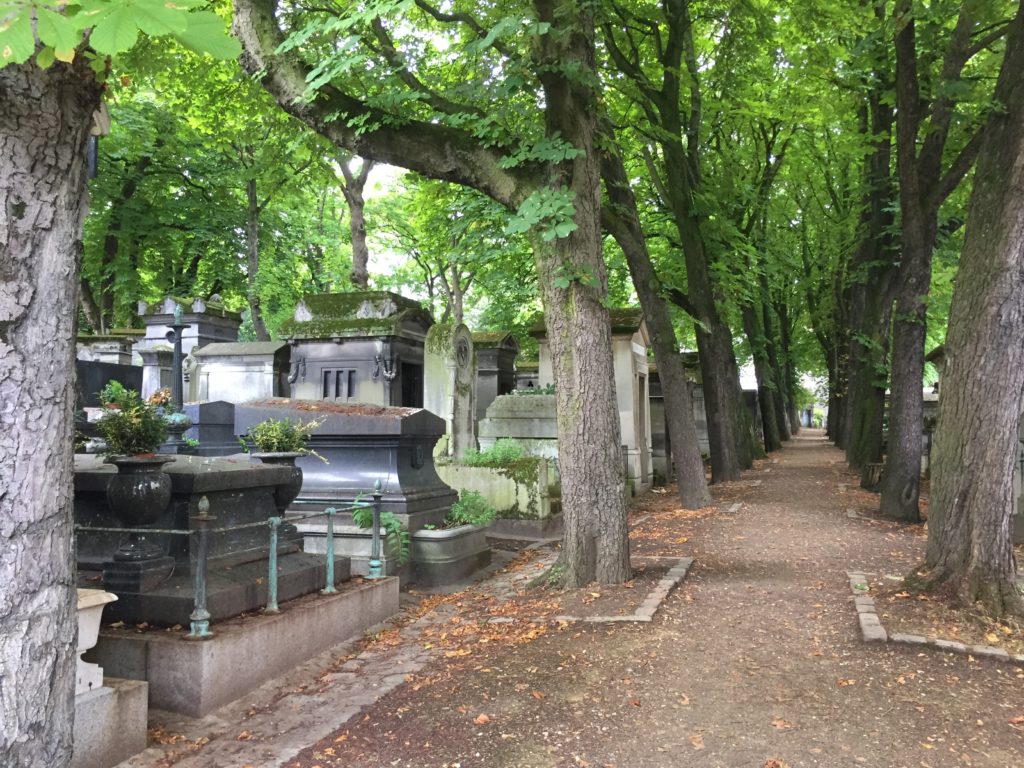The Père Lachaise is the most visited cemetery in the world. Not surprising, you would think, given the number of celebrities buried there. However, in 1804, under Napoleon, when the city of Paris transformed into a cemetery a hill on which a property belonging to Jesuits once stood- among whom Father Lachaise who served as confessor for Louis the 14th – this was not a success. Parisians thought the location was to remote and during the first years, the number of tombs was limited. The administration then made an impressive marketing move: they transferred with great fanfare Molière and Jean de la Fontaine’s graves – two of the most famous French writers – and a few years later, those of Héloïse and Abelard. The cemetery’s popularity was launched and would never abate.
I recently took advantage of a nice morning in June to explore it. I arrived by metro (Père Lachaise Station on lines 2 and 3 or Gambetta on line 3) at 8am, the opening hour. The graveyard was empty, the temperature perfect and the morning light coming through the trees was an invitation to wander in the alleys that separate the cemetery’s “divisions”. Before going searching for famous graves, I wanted to stroll around and stop in front of some interesting or intriguing shrines. One observation that you are bound to make at the Père Lachaise is that often the graves of the giants who have revolutionized literature or music are sober and simple, while sumptuous mausoleums or pompous monuments serve as last resting place for perfectly unknown individuals or at least people whom posterity has forgotten. Sic transit gloria mundi…
As municipal gardeners started to deploy and the first tourists to walk their way up on the alleys, I took my list of « buried celebrities » and went looking for them using on my phone the picture of a map displayed at the graveyard’s entry. This is not an easy exercise because except for this plan and the numbering of the cemetery’s divisions, there is no directions. But it is fun, a little bit like an explorer’s game during which you will encounter other fans: « Are you also looking for Cherubini (division 11)? No, I am actually looking for Michel Petrucianni (division 11), but I think I have seen Cherubini, over there further up, a little bit on your right».
To make it easier for you, I am sharing my list. For each celebrity, I include a picture of the tomb, the division number of its location, as well as links to some their works which I like. Without surprise, my list is clearly biased in favor of literature with a few excursions towards music and painting. Naturally it is also a very French list, but if you are visiting Paris, it probably means you are interested to know more about French culture. And a few famous English speakers are also buried here. Rather than to propose an itinerary following the cemetery’s geography, I will follow loosely the chronology (of deaths’ dates) while highlighting coincidences and common points among some of the Père Lachaise’s hosts.
Even though their remains were only transferred many years later to the Père Lachaise, Héloïse and Abelard are the oldest among the cemetery’s residents. Pierre Abelard was a philosopher and theologian, the father of Scholastic who died in 1142. If his works are still taught in Philosophy departments, he owes his fame to his tumultuous love story with Héloïse d’Argenteuil. Here is our monk philosopher who falls madly in love with his young and brilliant student, makes her pregnant, secretly marries her, but gets caught and later castrated by Fulbert, Héloïse’s uncle and guardian. The love of this scandalous couple is told in their correspondence (Letters of Abelard and Heloise – Epistolae duorum amantium in Latin) in which Héloïse for example writes « If Augustus, the master of the universe had judged me worthy of the honor of becoming his spouse (…), I would have found it more precious and worthy to be called your whore than his empress”.
The episode has also been immortalized in one the stances of the “Ballade des Dames du Temps Jadis (Ballad of the Ladies of Times Past)” by François Villon, one of the oldest (15th century) and most famous ballade in French literature, brilliantly sung by Georges Brassens (who nevertheless chose another cemetery):
Where is the very wise Héloïse,
For whom was castrated, and then (made) a monk,
Pierre Esbaillart (Abelard) in Saint-Denis?
For his love he suffered this sentence.
(…)
Oh, where are the snows of yesteryear!
The philosopher and his student, free from scandal, are now lying side-by-side, their soul in peace, under an elegant neo-gothic monument (division 7).
The two other transfers which were part of the marketing ploy for the cemetery are two big names of French literature in the 17th century: every pupil in a Francophone school had to memorize some of their verses. Molière and Jean de la Fontaine’s graves are standing next to each other division 25. My preferred play by Molière is « Le Bourgeois Gentilhomme (The Bourgeois Gentleman) » in which the naive Monsieur Jourdain learns good manners and discover with stupefaction that he was speaking in prose without knowing it: « Par ma foi ! il y a plus de quarante ans que je dis de la prose sans que j’en susse rien, et je vous suis le plus obligé du monde de m’avoir appris cela (By God! It’s been over forty years now that I’ve been speaking prose without knowing a thing about it, and I’m extremely grateful to you for telling me) ».
I remember having recited in elementary school the fable « Le Chêne et le Roseau (The Oak and the Reed) » by Jean de la Fontaine and the first verses are still in my head:
The oak one day says to the reed:
—You have a good right to blame the nature of things:
A wren for you is a heavy thing to bear.
The slightest wind which is likely
To wrinkle the face of the water
Compels you to bow your head—
…
On my list, the first one to have died after the cemetery’s opening is the painter Théodore Géricault, dead in 1824. This famous painter under the First Empire is renowned for his compositions in which men and horses mix with fury and harmony. Fifteen years after his death, his illegitimate son had a beautiful mausoleum built for him (division 12). It reproduces in bas-relief « Le Radeau de la Méduse (The Raft of the Medusa) », his most famous painting, also immortalized in the first line of Brassens’ song « Les Copains d’Abord (Friendship First) ».
Eugène Delacroix is another famous painter (division 49). Like Géricault, he painted superb animal scenes. His painting « La Liberté guidant le Peuple (Liberty Leading the People) » became the symbol of popular revolutions and illustrated for a long time the 100 French Francs banknote.
Delacroix also made a very romantic portrait of Frédéric Chopin, the Polish composer and pianist (division 11). Chopin had a long relationship with George Sand, the French female writer (whose grave is not at the Père Lachaise), and it is during a trip together in Majorca that he composed the Nocturnes, whose Op. 9 No. 2 is played here by Rachmaninoff. Let’s note that if Chopin is buried in Paris, his heart has been transferred, according to his wish, to Poland, in the Holy Cross Church in Warsaw.
Alfred de Musset (division 4) was another of George Sand’s famous lovers. He wrote plays with evocative titles such as: « Lorenzaccio », « On ne badine pas avec l’amour (No Trifling with Love », « A quoi rêvent les jeunes filles? (What are Young Girls Dreaming about? » or « La confession d’un enfant du siècle (The Confession of a Child of the Century) ». He is also the other of several poems which marked the romantic era such as « Ballade à la Lune (Ballad to the Moon) » (picked up by Offenbach before Brassens and Maxime le Forestier), « Le Saule (The Willow) », « A Ninon (To Ninon) » or « Chanson de Fortunio (Fortunio’s song) ».
Honoré de Balzac (division 48) is often presented as a force of nature. The sculptures that Rodin made of him contribute to this image. The same goes for « La Comédie humaine (The Human Comedy) » this immense and fascinating panorama of French society in the 19th century, 12 volumes in the Pléiade edition, but within which each novel, with its specific theme, is a jewel. My preferred one is « Le Lys dans la vallée (The Lily of the Valley) », the story of a young man who platonically loves a lady who lives piously in the countryside. When Félix goes to Paris, he makes his entrance into the « world » and he is quickly initiated to carnal passions. Henriette gets to know it and wastes away up to her death.
A cemetery often allows two spouses or lovers to rest side-by-side, as seen with Héloïse and Abelard, or as we will soon discover with Yves Montand and Simone Signoret. However, the Père Lachaise sometimes also uses involuntary irony in welcoming former enemies in the same enclosure. For example, Adolphe Thiers, a conservative politician who played a crucial role in French politics from Louis-Philippe’s reign in 1830 until the 3rd French Republic – he became its first President in 1871 – has its last resting place there under an impressive mausoleum (division 55).
Nowadays, Thiers is mainly famous for this line in Jean Ferrat’s song « Ma France », a song which was prohibited on French airwaves from 1969 to 1970.
« Celle dont monsieur Thiers a dit qu’on la fusille
Ma France »
(The one whom mister Thiers said: “Lets’ shoot her!”
My France)
The answer « La France? Qu’on la fusille! (France? Let’s shoot her!) » has been attributed to Thiers when he ordered the bloody repression of the Paris Commune in 1871. During the Commune uprising, the insurgents (the « Fédérés ») set up their artillery in the middle of the cemetery. They ended up surrounded by the « Versaillais » troops following Thiers’ instructions and by the Prussians. The 147 surviving insurgents were shot in front of a wall on the southern end of the Père Lachaise. This wall is now called the « mur des Fédérés ».
One of the representatives of the Paris Commune was the writer Jules Vallès (division 66) who narrated his life in three novels (« L’Enfant (The Child) », « Le Bachelier (The Bachelor) » et « L’Insurgé (The Insurgent) »). I recently read « L’Enfant ». The book describes his childhood and youth in a poor family that tries to rise socially through education.
From political tragedy, it’s easy to slip towards saucier political circumstances. Another President of the 3rd Republic, Félix Faure (division 4) died, as rumor has it, in his mistress’ arms in the Elysée Palace. The episode has been fodder for puns and wordplays. For example, the priest requested to administer the last rites would have asked « Le président a-t-il toujours sa connaissance? » and would have been answered : « Non, elle est sortie par l’escalier de service ! ». (A wordplay in French: “A-t-il toujours sa connaissance?” means “Is he still aware?”, but can also be understood “Is his acquaintance still there?”, thus the answer “She came out the service staircase”). His mistress was quickly nicknamed the « pompe funèbre », (in French this means « funeral parlor », but « pomper », in slang is also the verb referring to oral sex) and Clémenceau, his political rival added « Il voulut être César, il ne fut que Pompée (He wanted to be Caesar, but he ended up being Pompey) ».
Journalist Victor Noir died in 1870 in a controversial duel with Prince Pierre-Napoléon Bonaparte, a cousin of Napoléon III. He would now be forgotten, were it not for his recumbent statue at the Père Lachaise (division 92). The monument shows his body lying down just after having been killed in the duel. A quite substantial virile protuberance is unmistakable, especially now that the location has become shining after countless caresses by women seeking fertility or an improved libido.
The 19th century was also the golden age of opera in Paris and two graves of famous composers can be found in the graveyard. As far as Gioachino Rossini is concerned, it is actually somewhat complex. He was indeed buried at the Père Lachaise and his cenotaph is still present in division 4, but his remains have been transferred to the Santa Croce Basilica in Florence. He is the author of famous operas like « The Barber of Seville » or « Guillaume Tell » and superb pieces of sacred music such as his « Petite Messe Solennelle » or his « Stabat Mater ». A famous gourmet, he also gave his name to a tournedos: a beef filet topped by a slice of foie gras and three truffle shavings.
Georges Bizet (division 68) died young at age 36, but with Carmen, he composed on of the most famous and often performed opera in the world. The ashes of Greek diva Maria Callas, one of the most brilliant interpreter of the title role were initially put in the Colombarium (division 87, box 16258). They were however stolen, before being recovered and eventually dispersed in the Aegean Sea, next to Skorpios, an island owned by her lover Aristotle Onassis. Her box is now empty and was almost taken over. But the Maria Callas International Club saved it and put a plaque which is now there.
The Belgian symbolist Georges Rodenbach (division 15) is now a little bit forgotten as a poet and novelist, but at his death in 1898, he was widely admired and received a very elegant funeral monument. As a dandy, he is said to have been one of the models for the character of Swann in Proust’s work. He is the author of « Bruges-la-Morte (The Death Bruges) », a melancholic love story which greatly contributed to the Flemish city’s fame.
Oscar Wilde was another famous dandy. The brilliant Irish author of «The Picture of Dorian Gray» and « The Importance of Being Earnest » arrived in Paris after the scandal of his trial and imprisonment for homosexuality. He would live and die there in poverty and get, in 1900, a sixth-class burial in the Bagneux graveyard. But in 1909, admirers organized the transfer of his remains to the Père Lachaise and offered him a splendid shrine (division 89), one of the most visited, inspired by a winged Assyrian bull including the writer’s face. Not with without some irony given Wilde’s preferences, the monument had to recently be cleaned and protected because lipstick accented kisses left by many women were starting to damage it.
With poet Guillaume Apollinaire (division 86), we enter squarely into the 20th century. Wounded during the Great War, he dies from the Spanish Influenza in 1918. He left some of the most beautiful verses in French like in « Le Pont Mirabeau » interpreted by Serge Reggiani and « La Chanson du Mal Aimé (Song of the Poorly Loved» by Léo Ferré. He also invented the calligrams, poems which words are intertwined in the drawings that illustrate them.
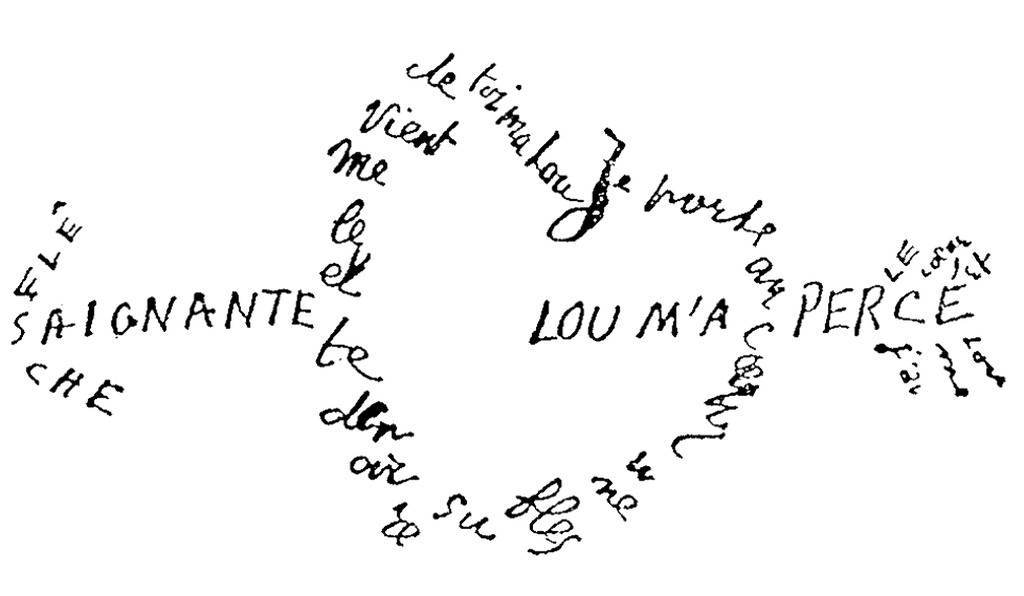
Marcel Proust’s grave (division 85) is relatively simple and does not give away his major role in world literature. « A la Recherche du Temps Perdu (In Search of Lost Time) » is considered as the first modern novel, steering away from intrigue to focus on the true soul of the characters. With the famous episode of the « petite madeleine », he put in words the theme of affective or involuntary memory.
Colette (division 4) was a trailblazer among female French writers even if until 1923 she had to use « Willy », her husband’s name, to sign her works. From her birth in 1873 to her death in 1954, from the young actress who caused a scandal during the « Belle Epoque » when alluding to her bisexuality to the respected « Grande Dame » presiding the Académie Goncourt at the end of her life, her career spans and illustrates all the transformations of French society during the first part of the 20th century. I recently read « Gigi », the story of a young girl who manages with intelligence and self-confidence to escape from her fate as a demimondaine. Several adaptations of this short story were made for the theatre and the movies including one with Audrey Hepburn in the title role.
Paul Eluard (division 97) was a member of the surrealist group (Salvador Dali ran away with Gala, his first wife) and was later considered together with Aragon as the poet of the French Résistance during World War II. His poem « Liberté (Liberty) » is very famous and has been interpreted by many famous voices (I picked Jairo, the Argentinian singer’s version), but I also like, « L’Amoureuse (The Lover) », « Printemps (Spring) » (interpreted by Barbara) or « La Terre est bleue (The Earth is Blue) ».
Edith Piaf’s grave (division 97) never lacks flowers. The singer, born in poverty in Paris in a family of street performers, had a fantastic career served by a peerless voice and stage presence. She sang about love, from the female perspective, better than anybody else and fifty years after her death, she still represents all over the world the French art of singing. Here is “Hymne à l’Amour (Hymn to Love)”.
It is by singing the opening act of a Piaf show at the Moulin Rouge that Yves Montand launched his career. They became lovers for a few years. But at the Père Lachaise (division 44), it is next to Simone Signoret, the only woman he ever married that Montand lies. Celebrated actor, passing lover of Marilyn Monroe, unforgettable interpreter of « Les Feuilles Mortes (Falling Leaves) », « A Bicyclette » or, going back to his Italian roots « Bella Ciao », Yves sometimes eclipsed Simone. She enjoyed however an impressive career as an actress: celebrated for her beauty in « Casque d’Or (Golden Helmet) », as far as I am concerned I prefer her roles as a mature woman as in « La Veuve Couderc (The Widow Couderc) » with Alain Delon or her interpretation of Mathilde in « L’Armée des Ombres (Army of Shadows) ». They formed a couple which despite upheavals but thanks, for example, to common political engagements managed to stay together and earned the right to lie side by side for eternity.
We continue and end this tour of the most famous cemetery with another singer, even if his style is quite different from French music-hall. One of the most popular graves (division 6), to the point that its access had to be protected, is Jim Morrison’s, the lead singer of The Doors. One of Rock’ n roll shooting stars, cursed and scandalous poet, the circumstances around his death in (overdose, alcohol?) remain controversial and contributed to his legend. Morrison’s grave is not far from the monument to Héloïse and Abelard, allowing us to close the loop by noting that from the Middle Ages to the Rock area, through Oscar Wilde and Colette, the Parisian graveyard welcomes many celebrities who, while alive were perceived as scandalous, but who are nowadays venerated and rest in peace in the shadow of the trees on the Père Lachaise hill.
